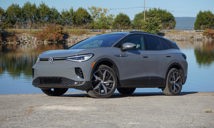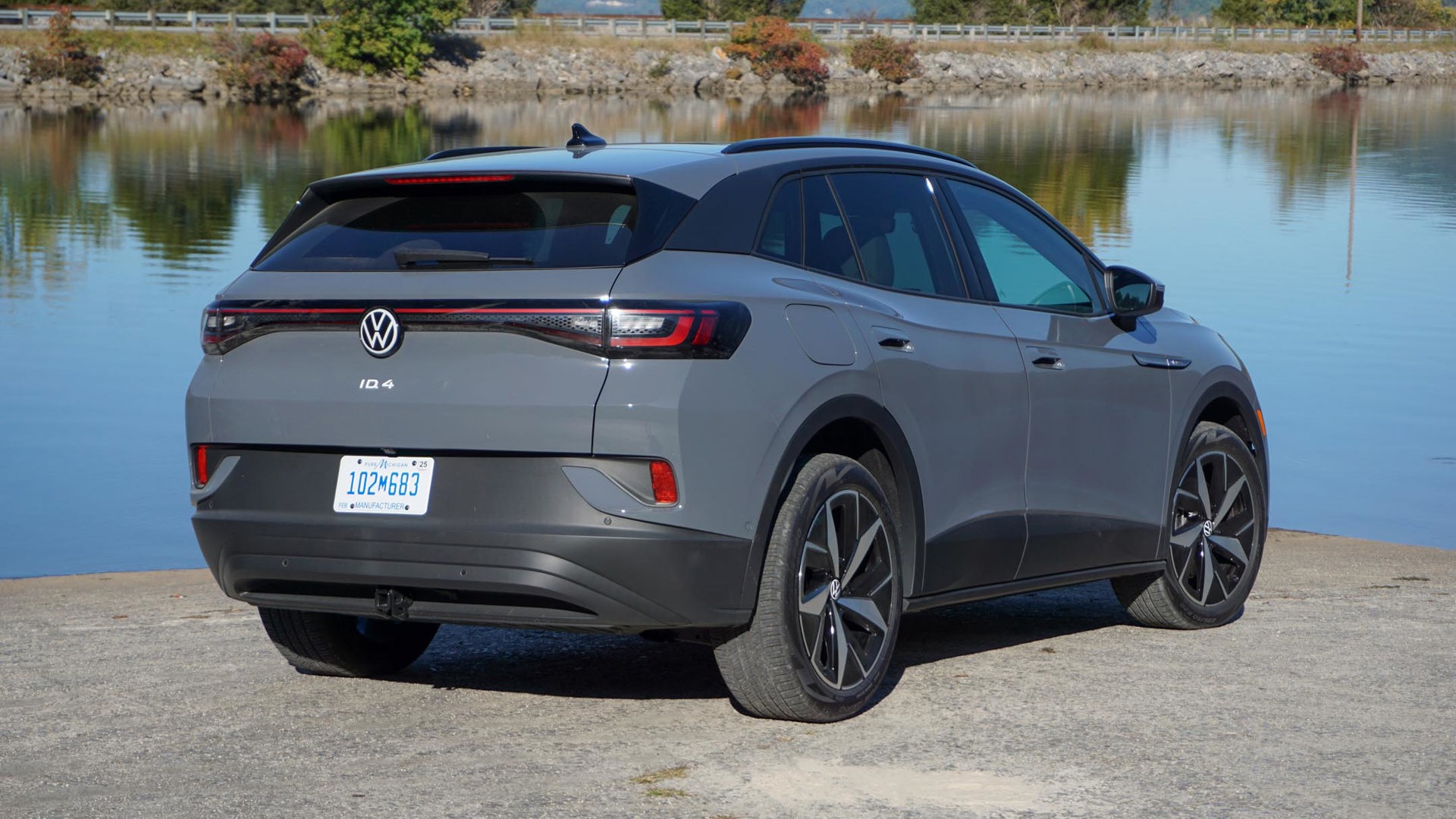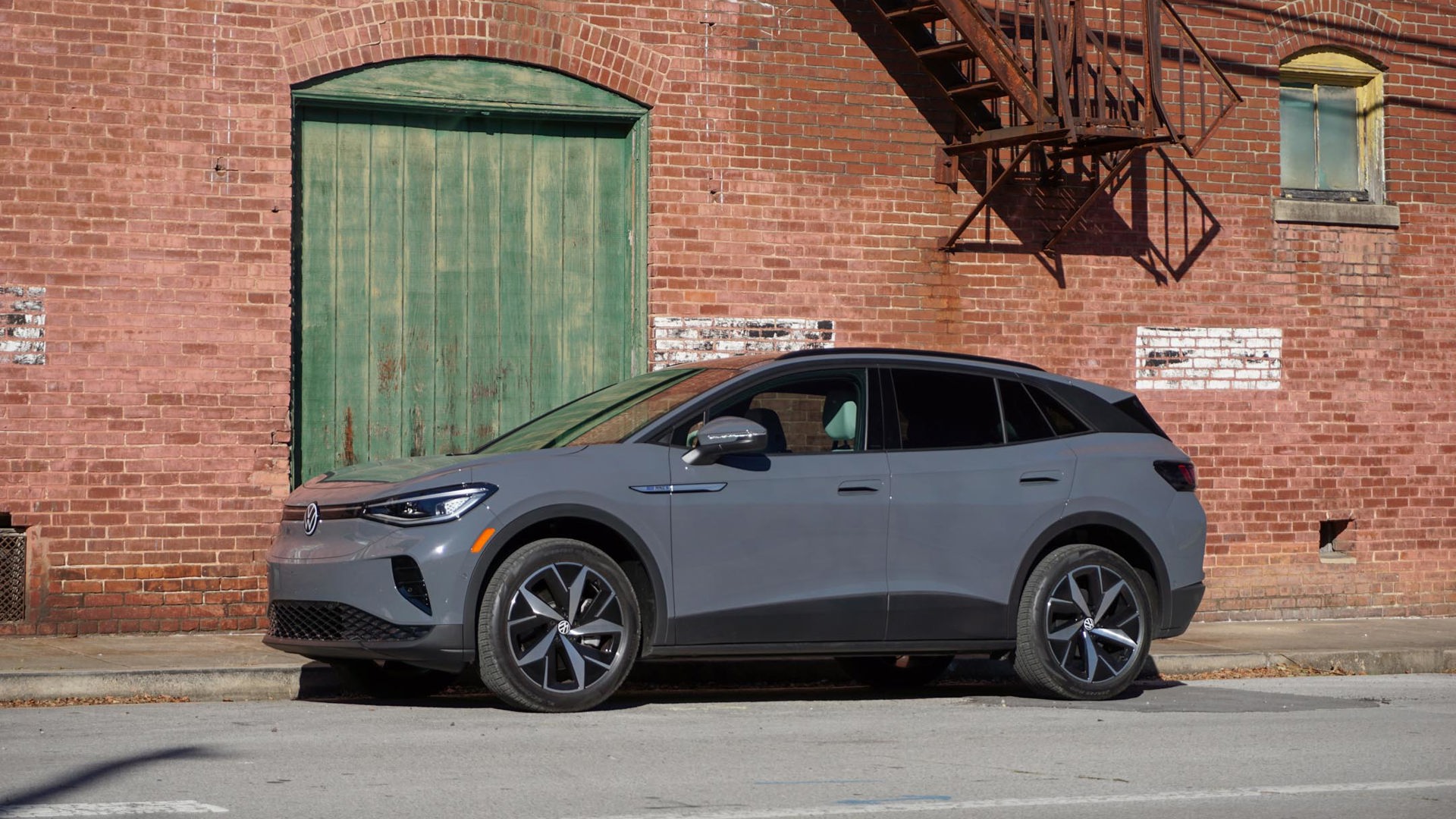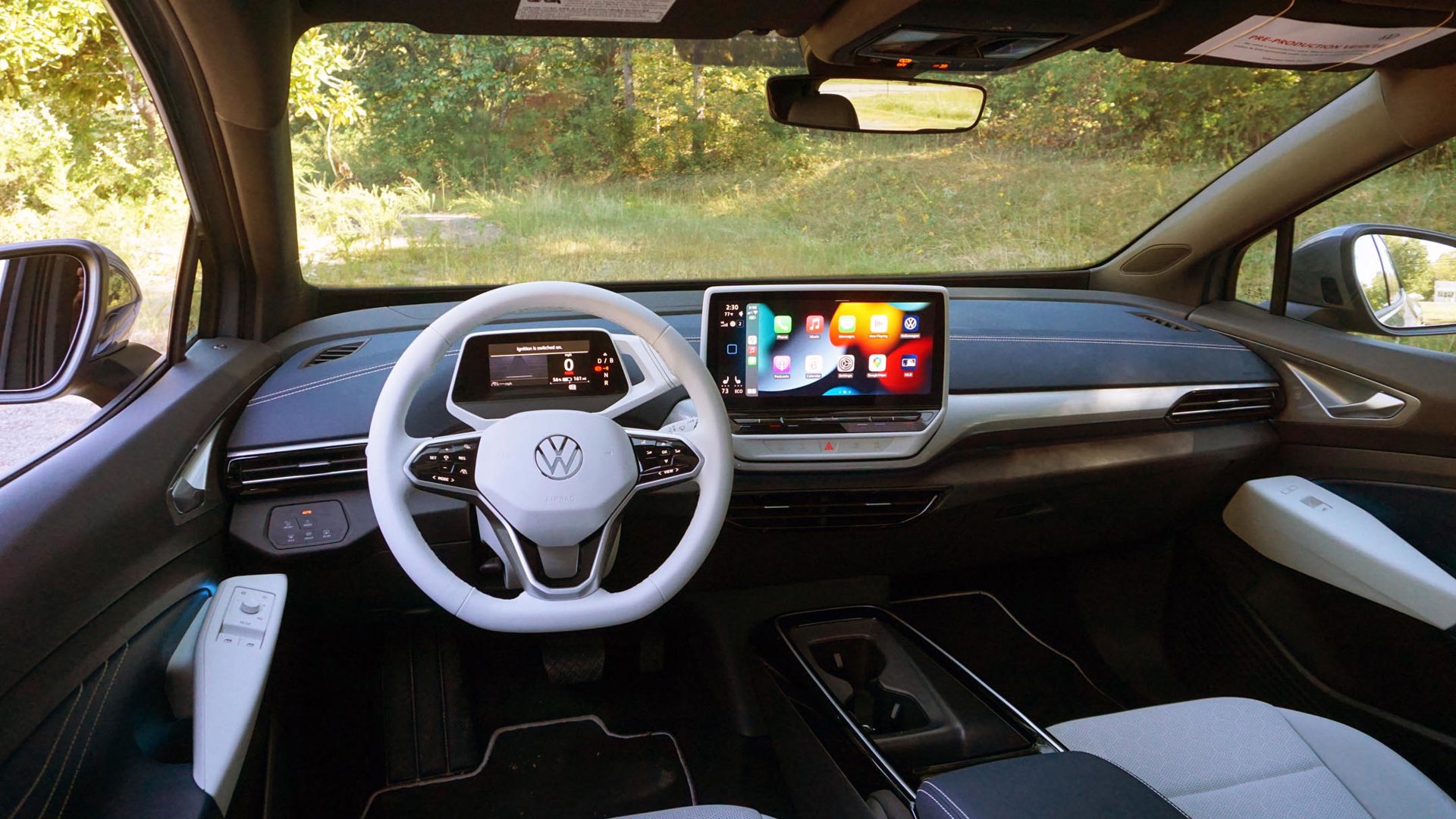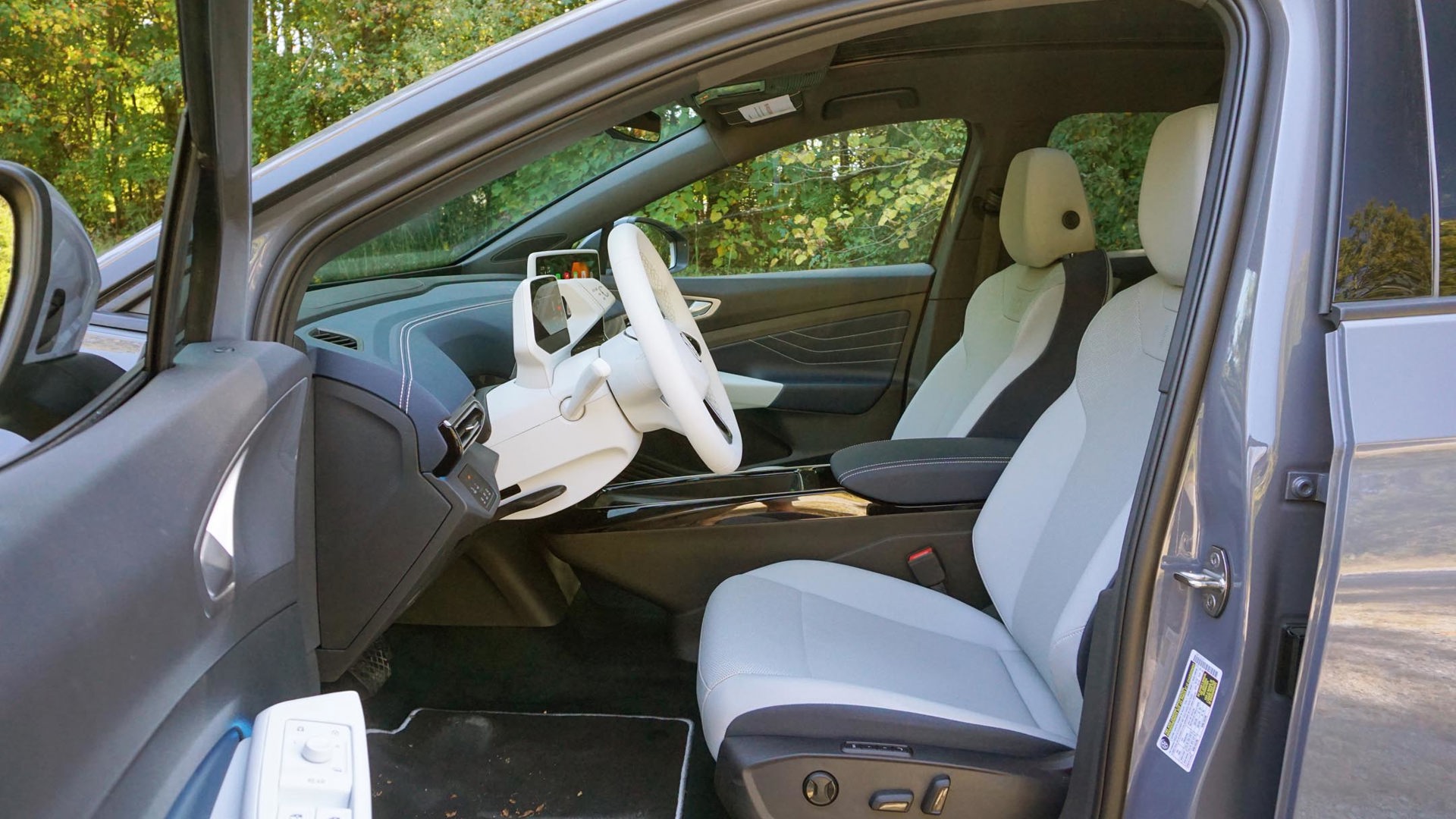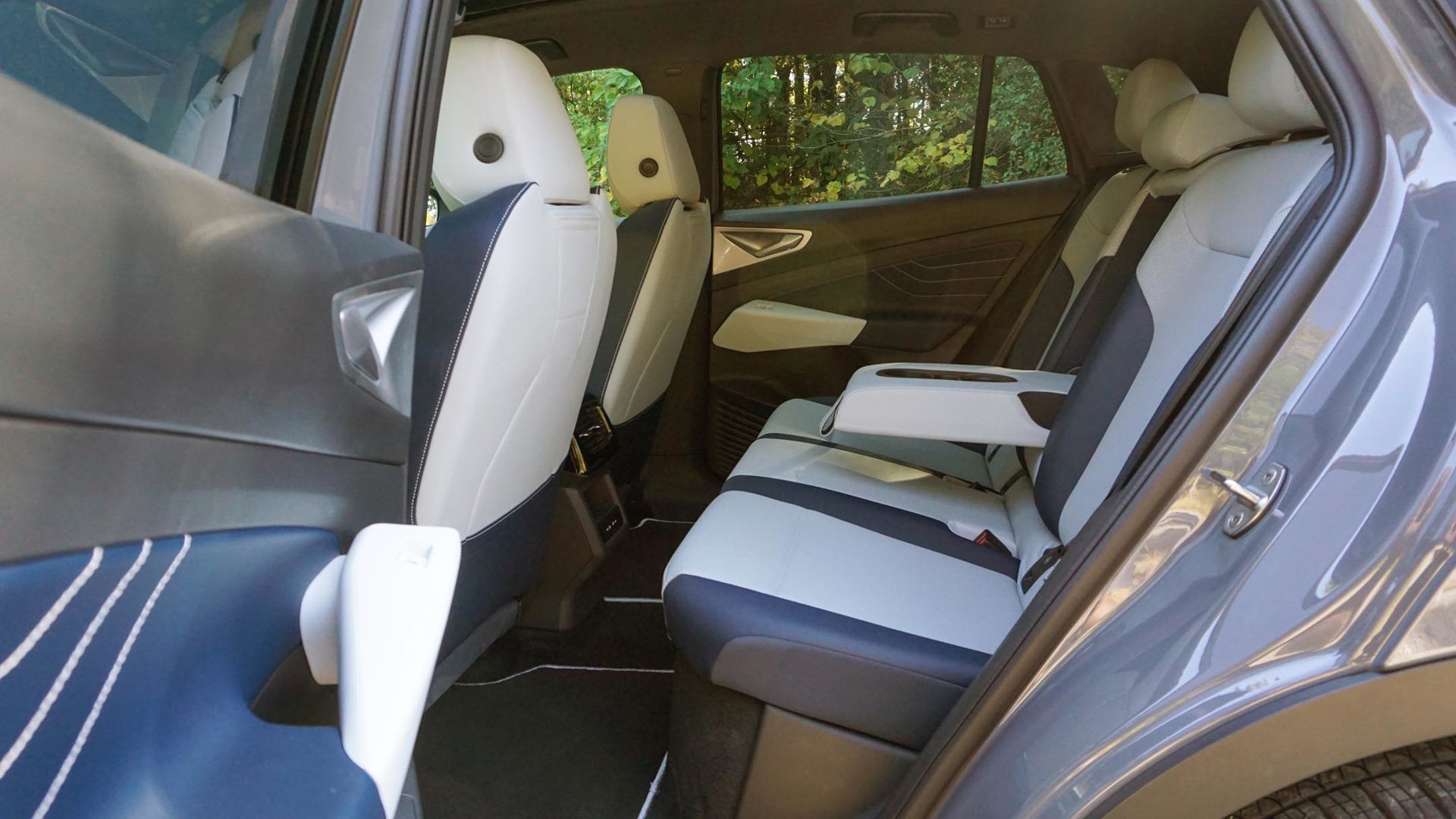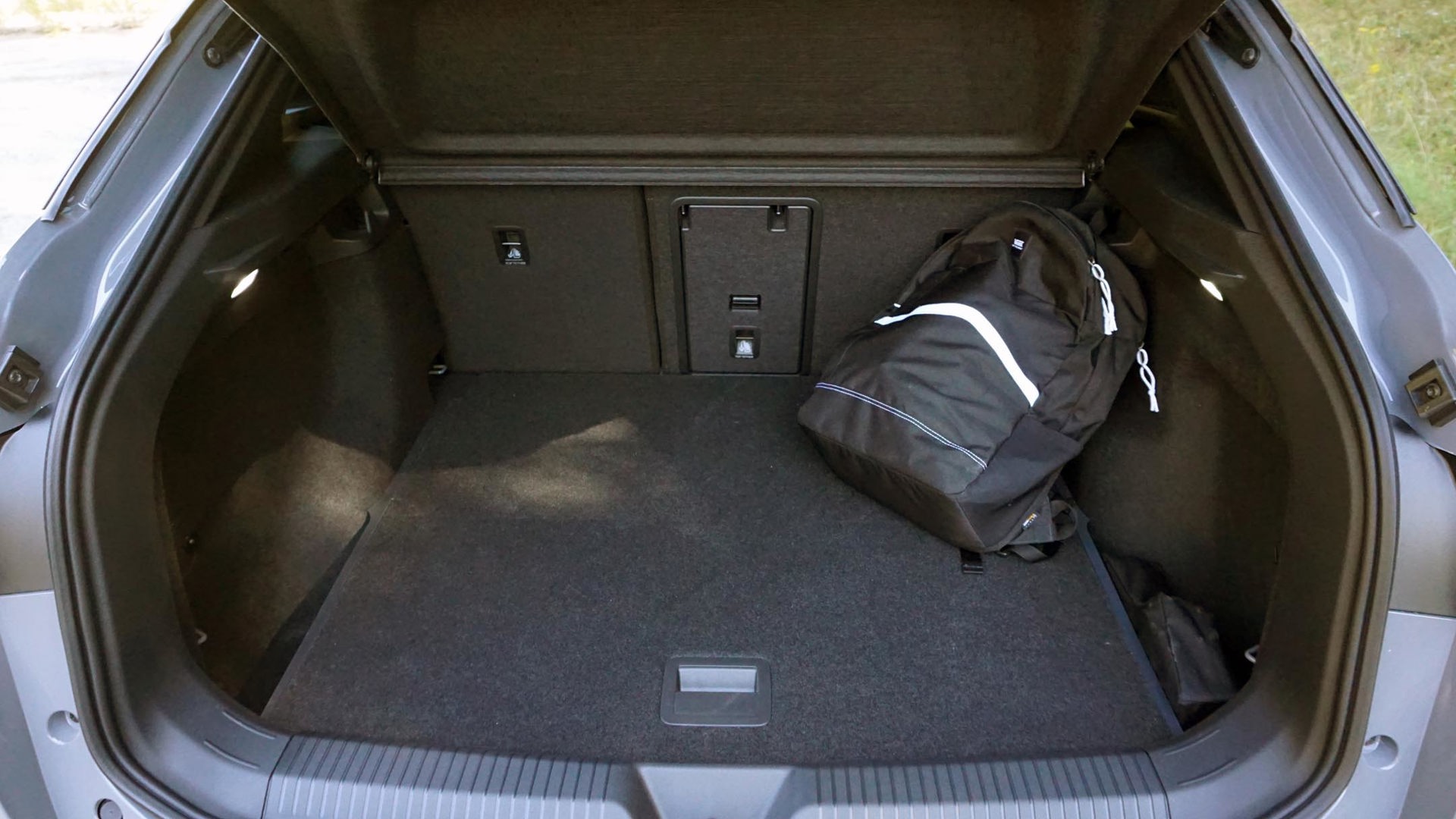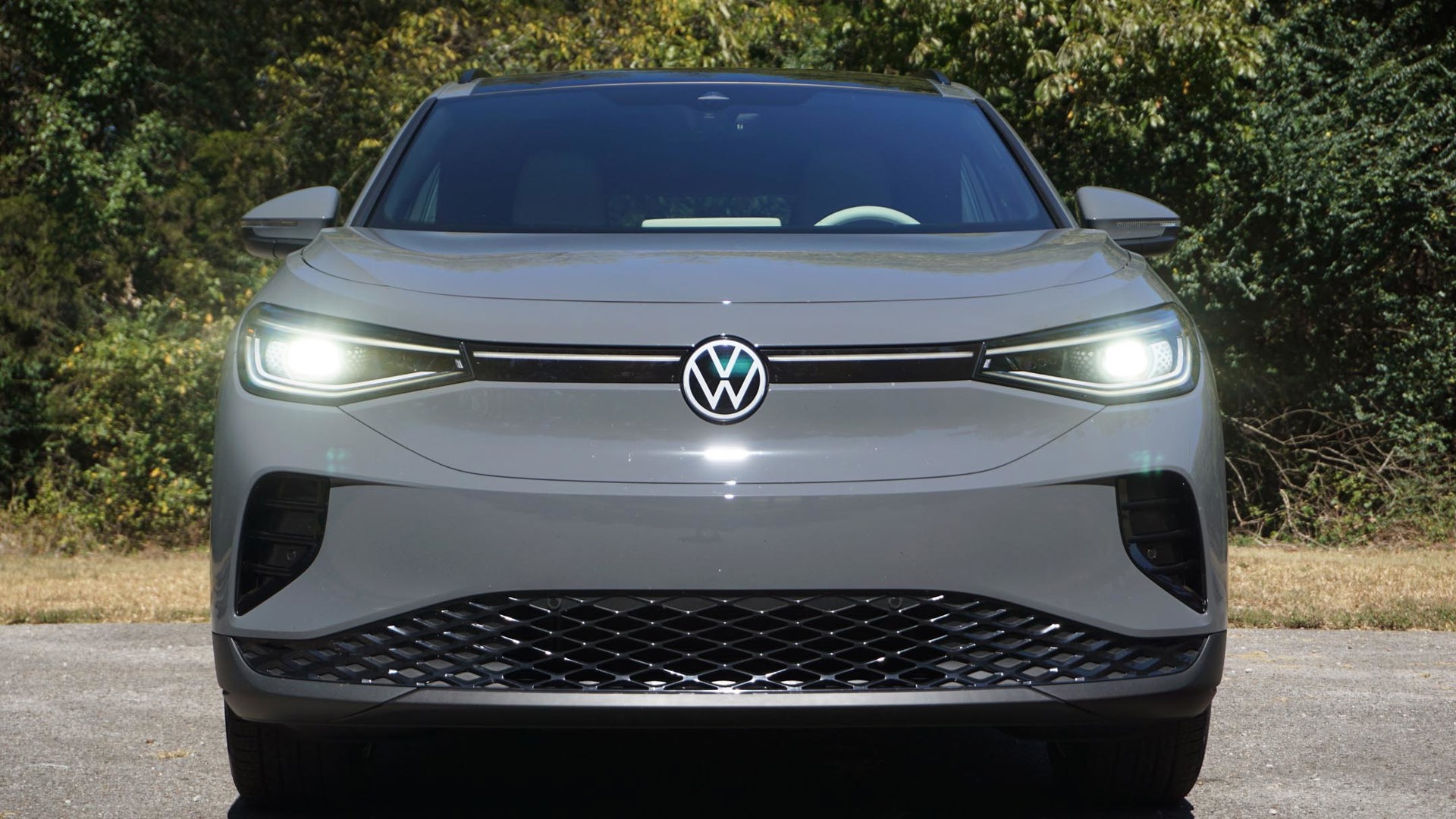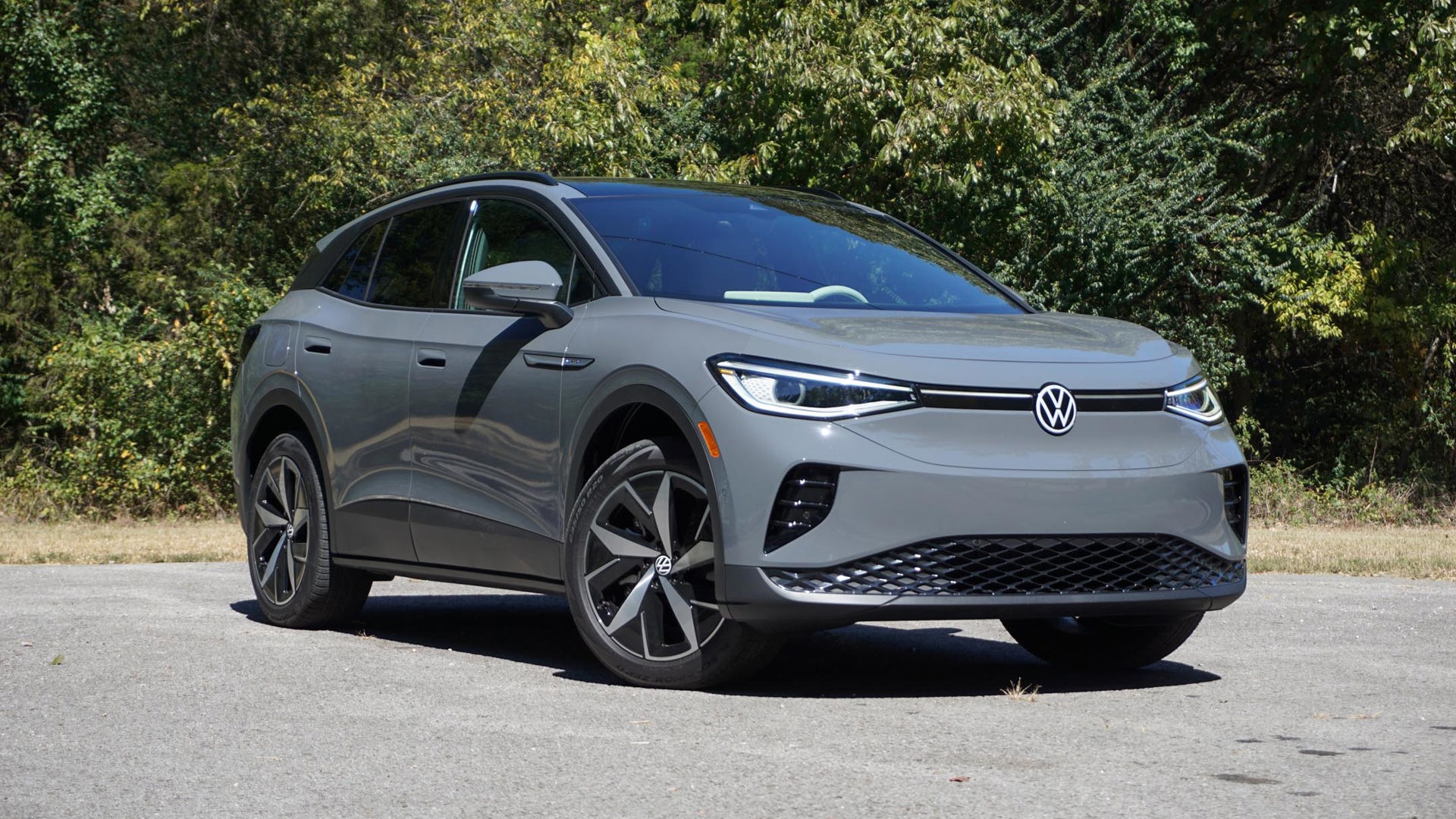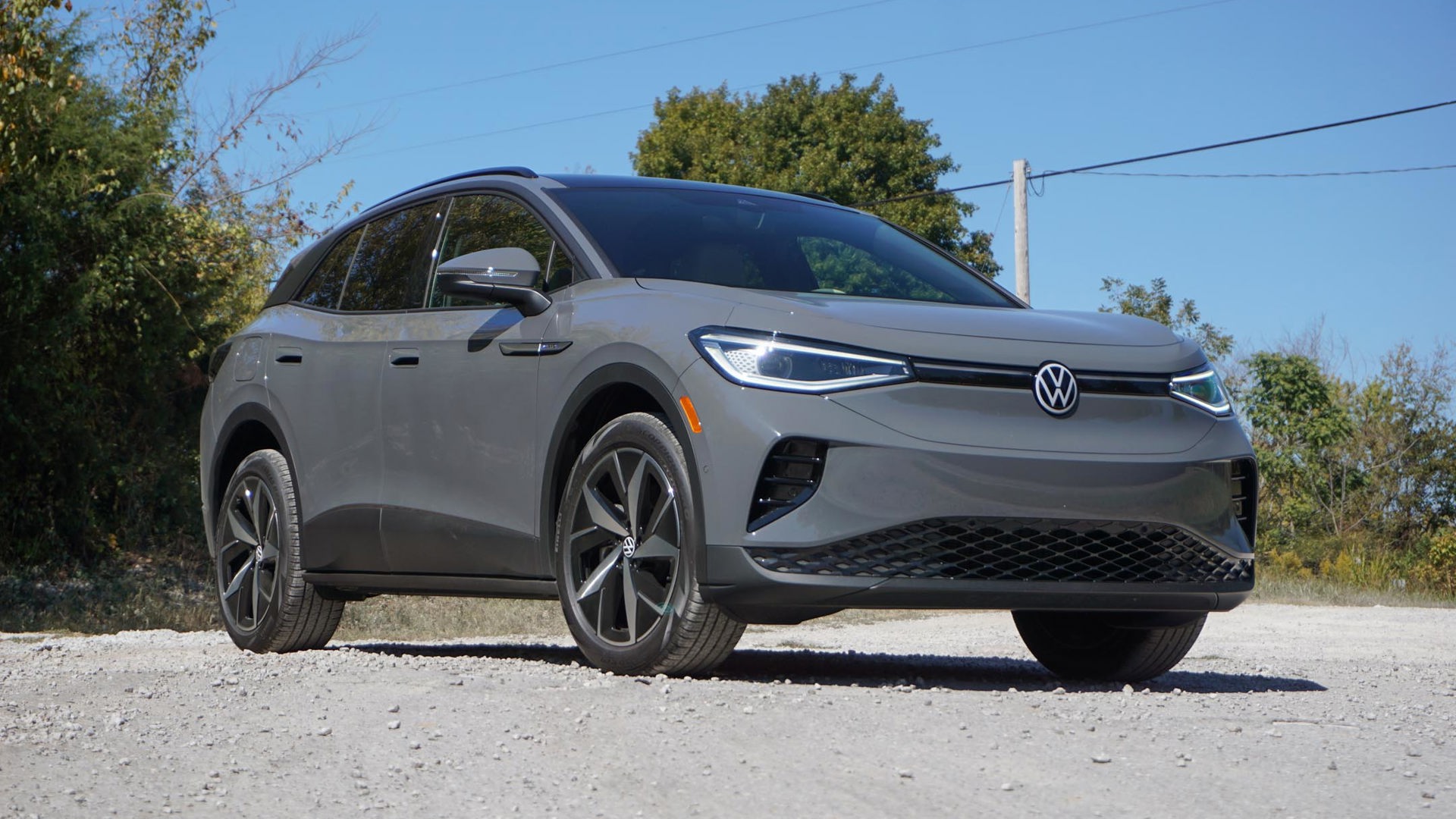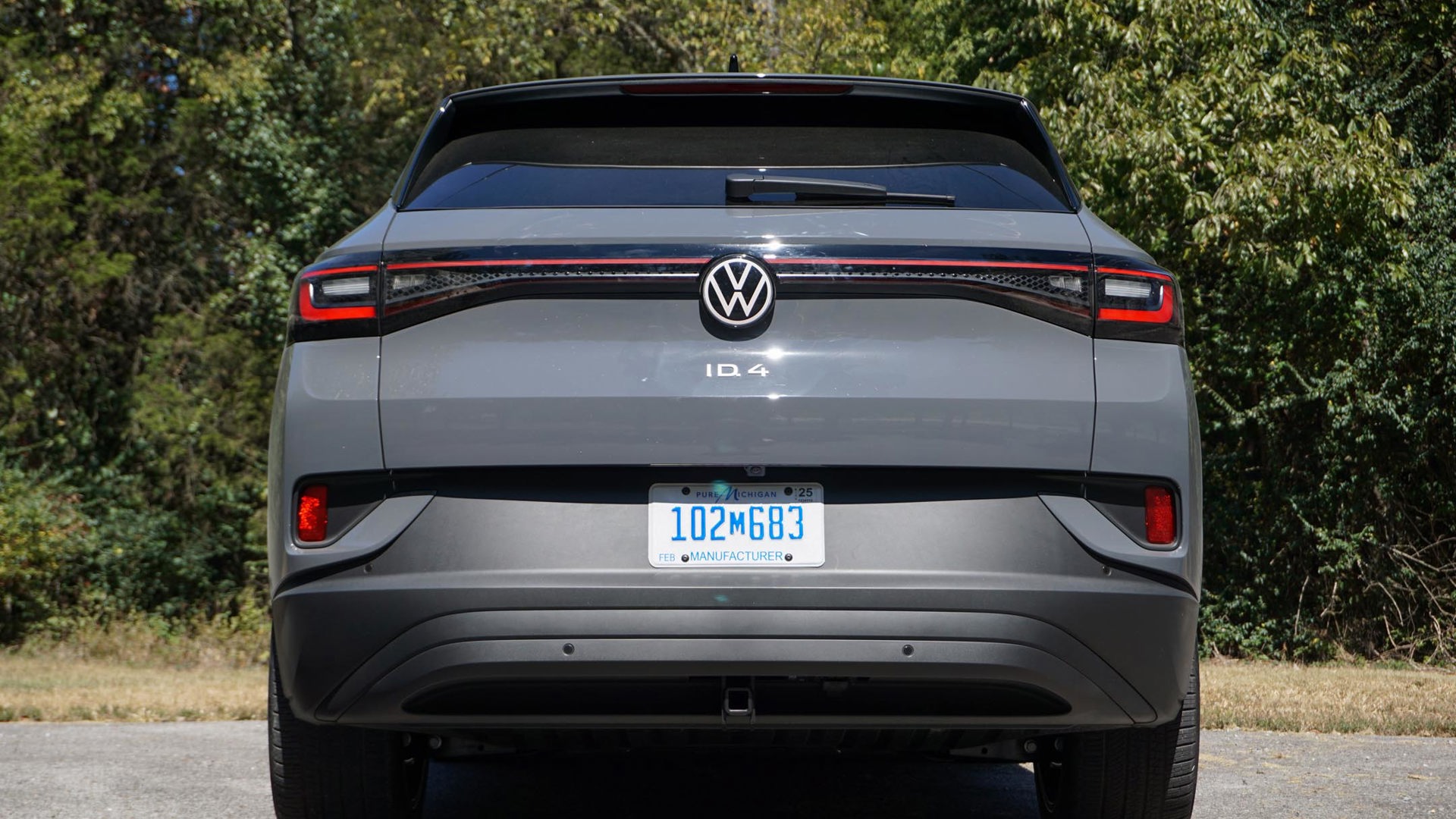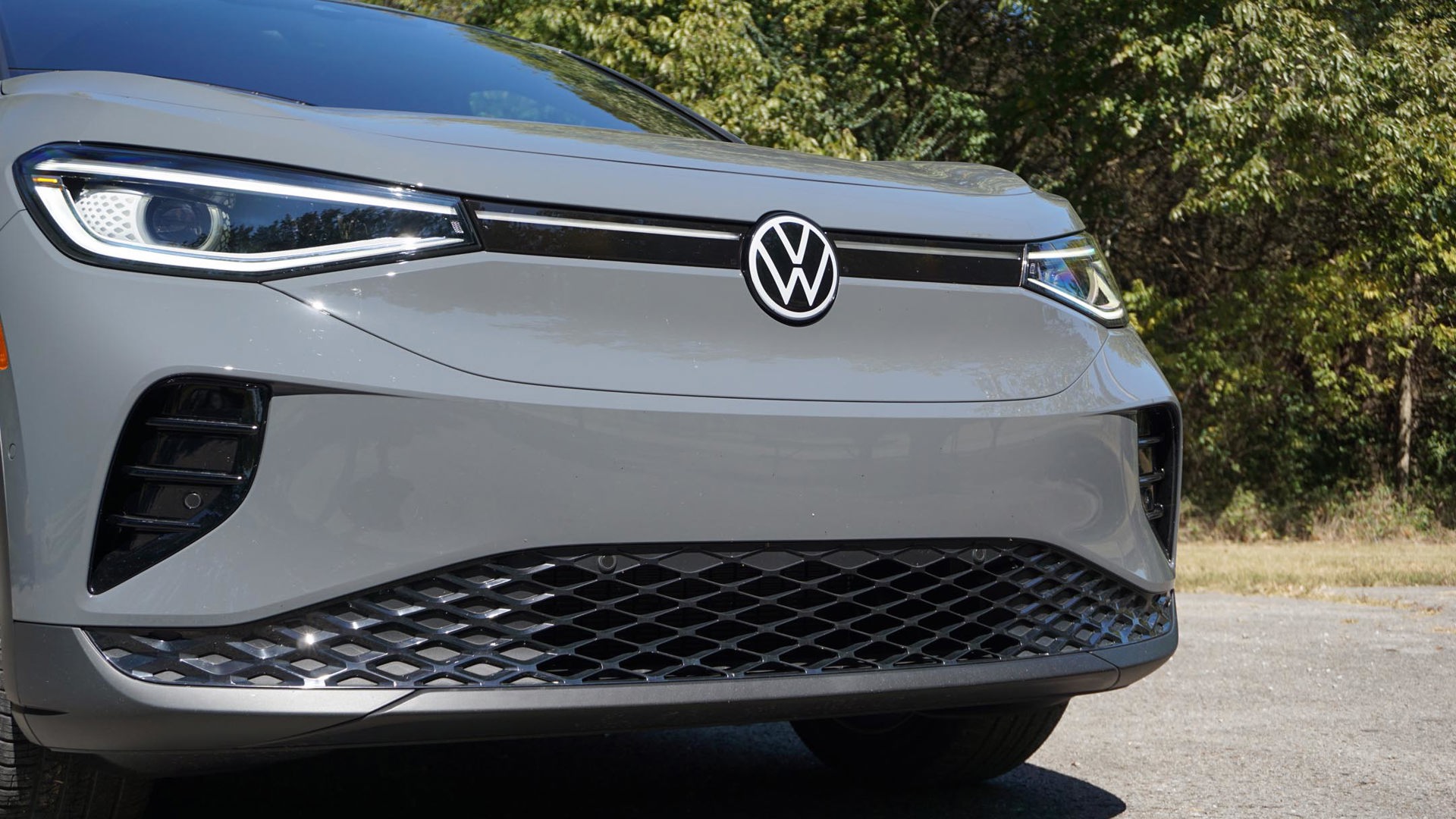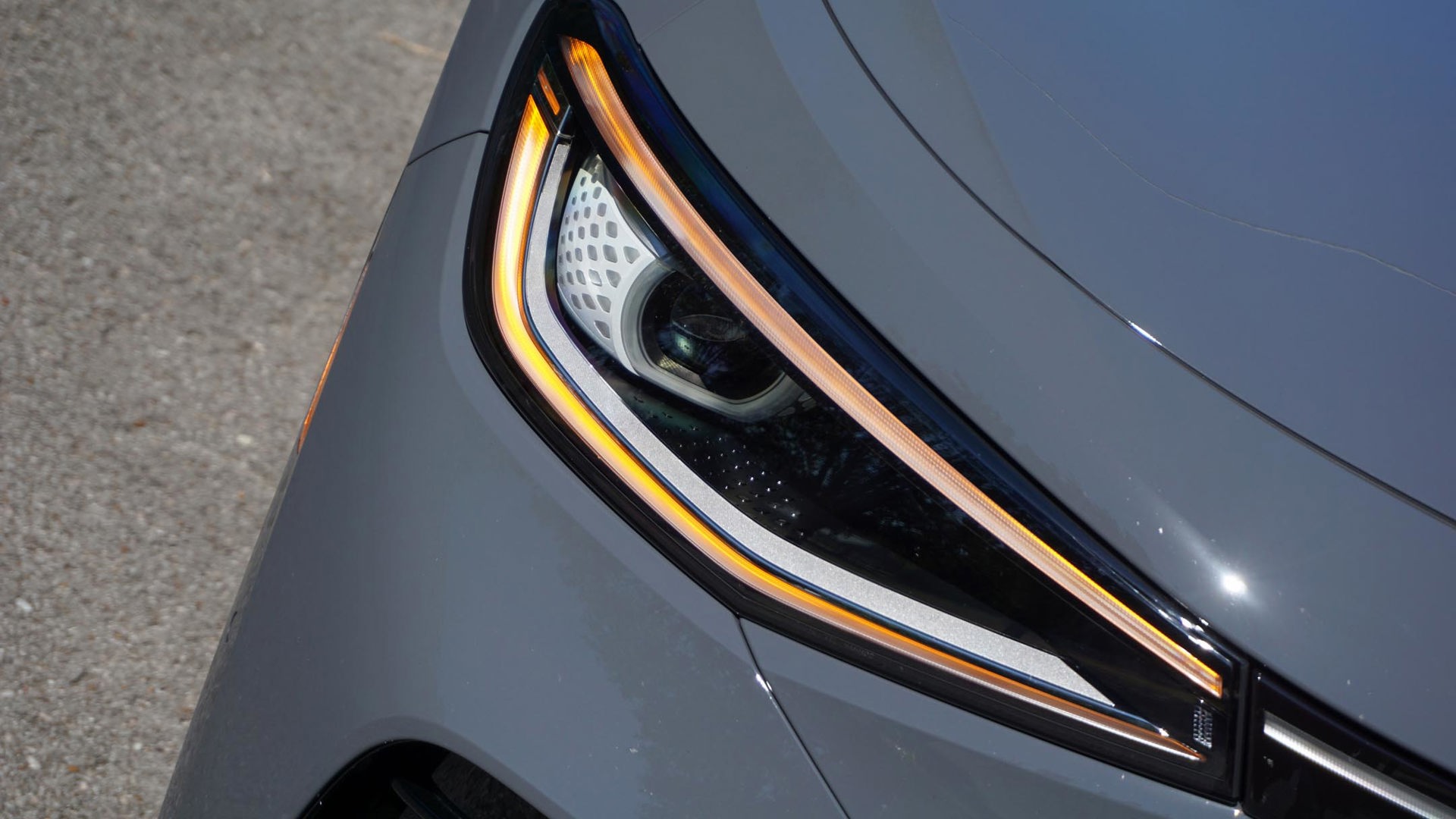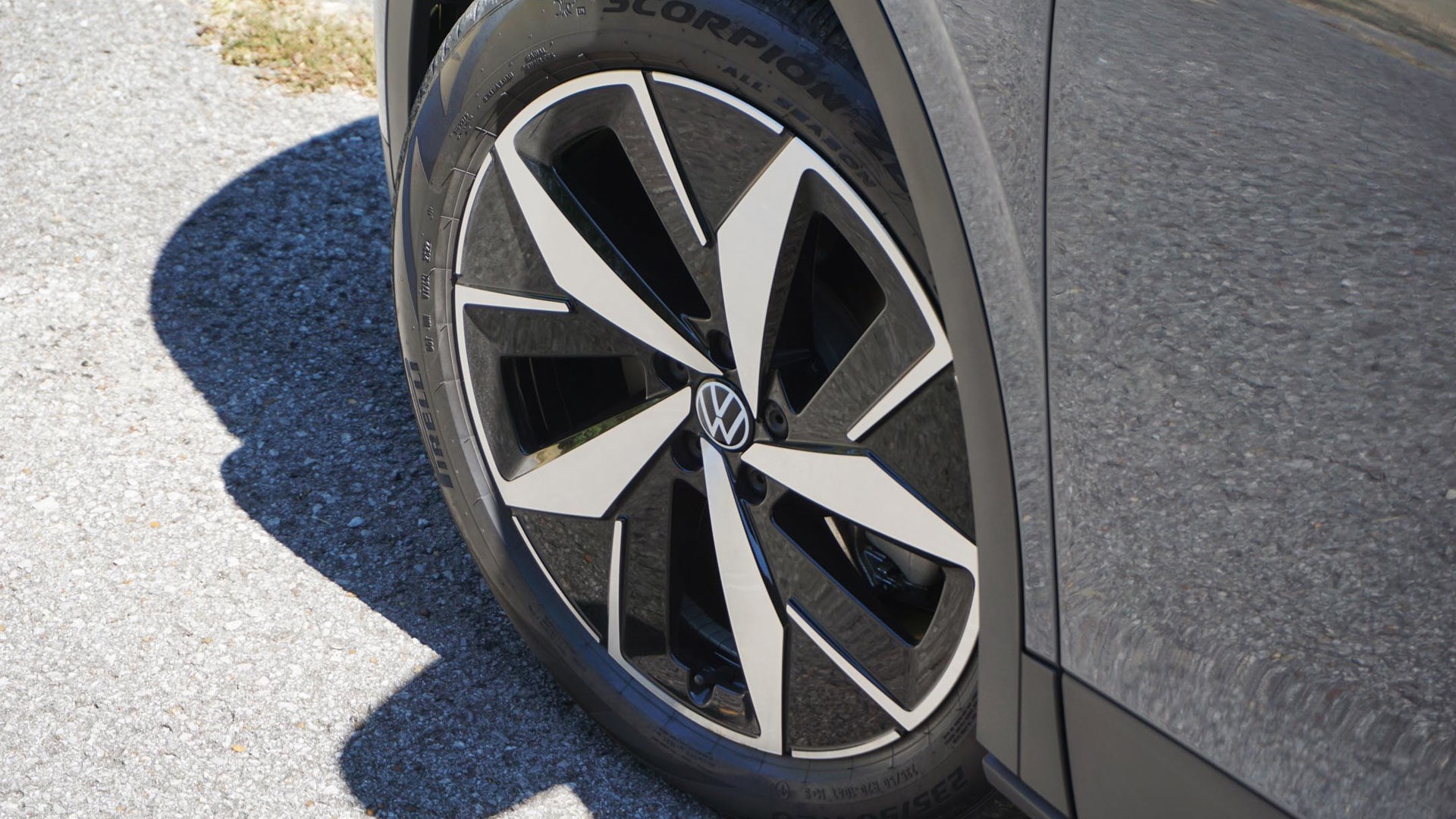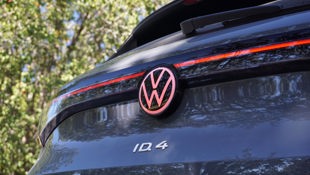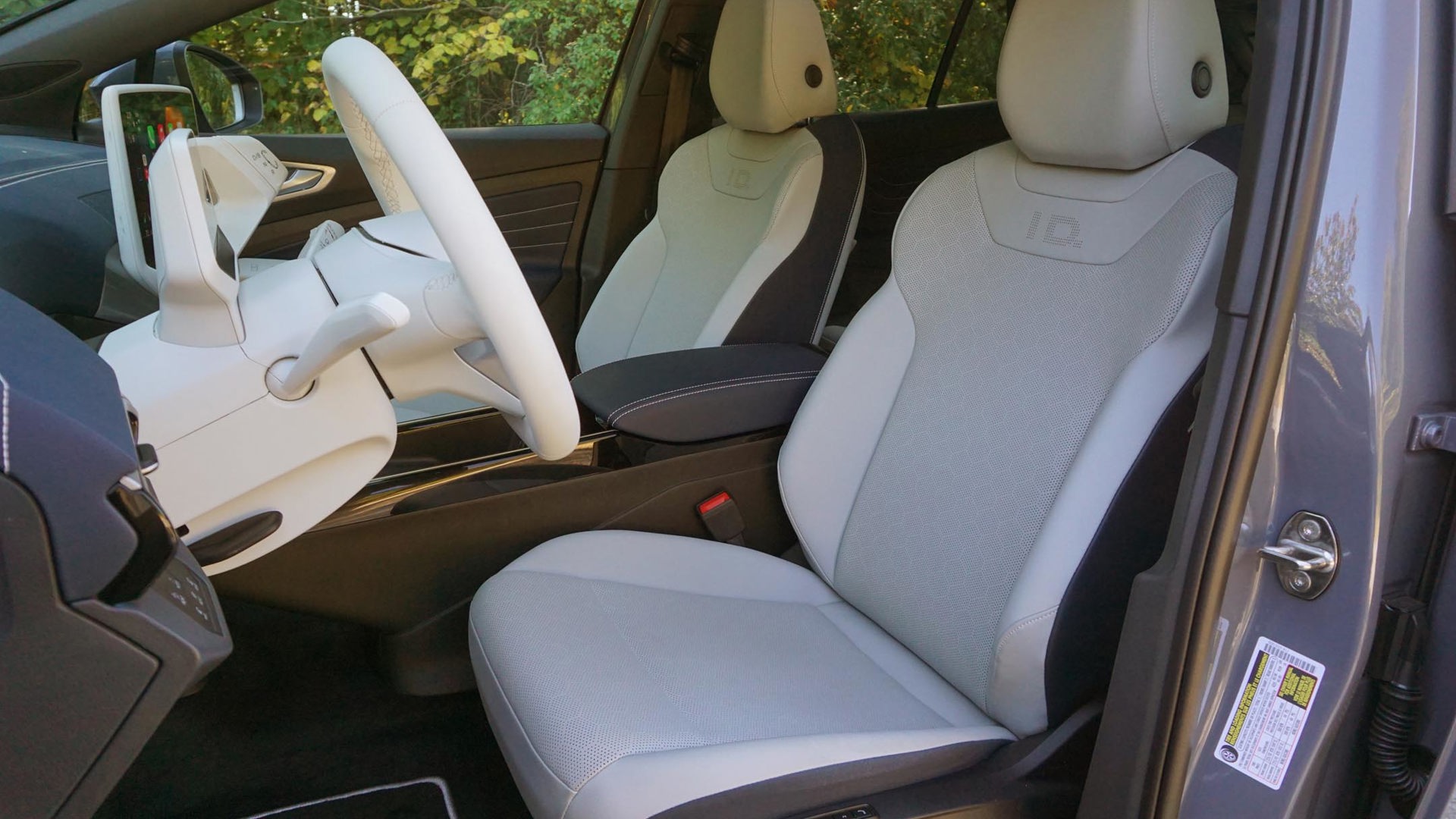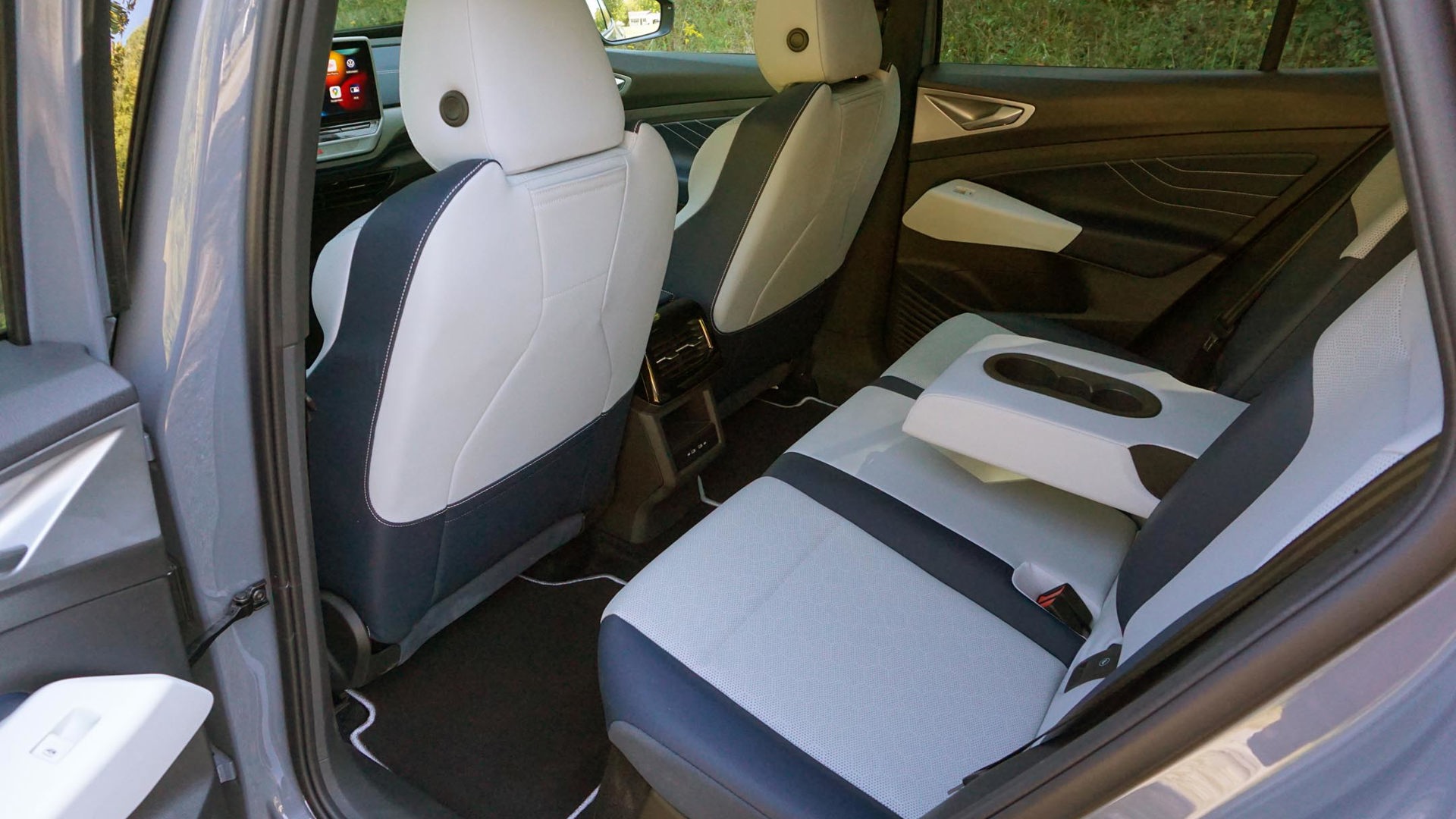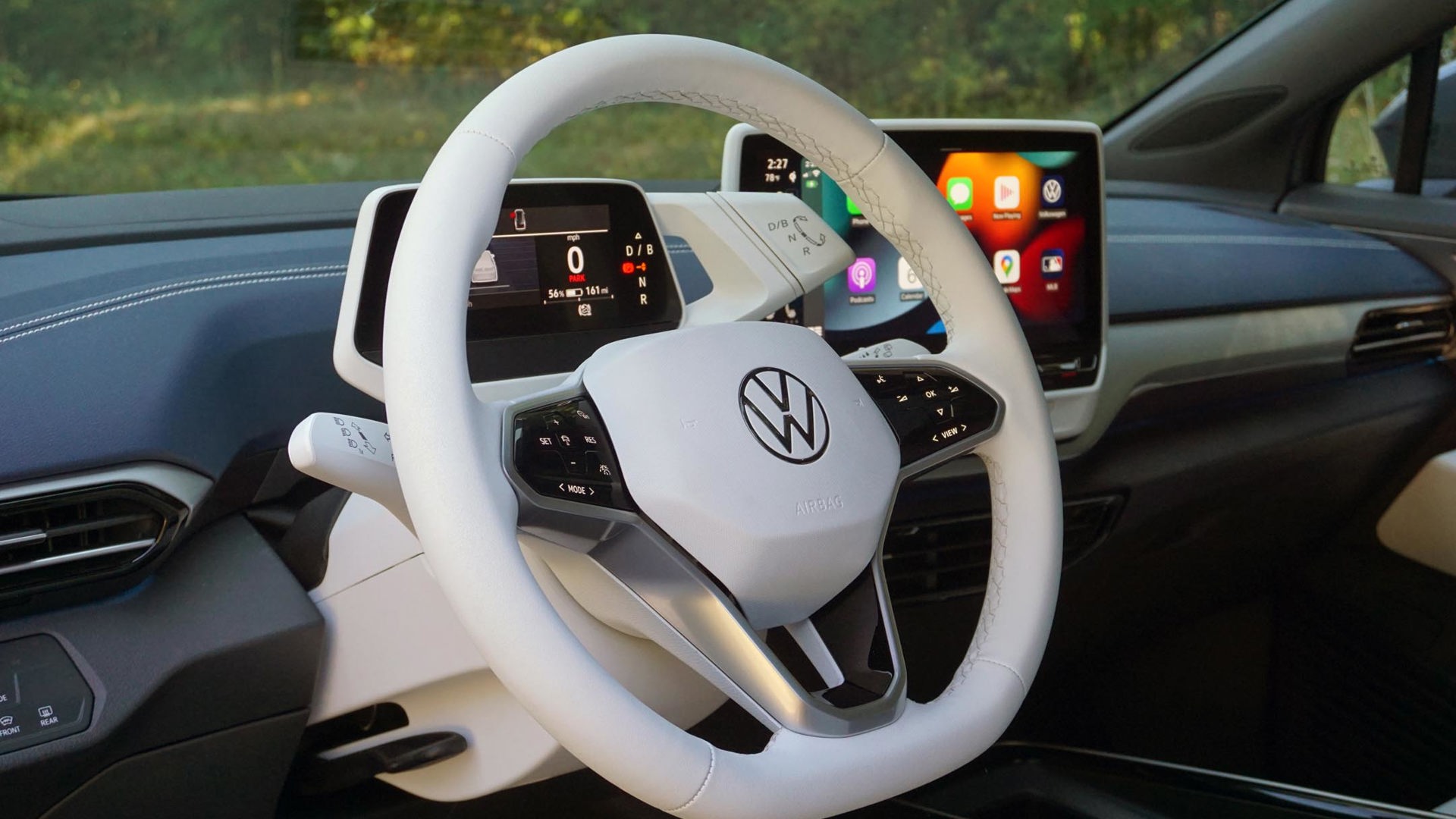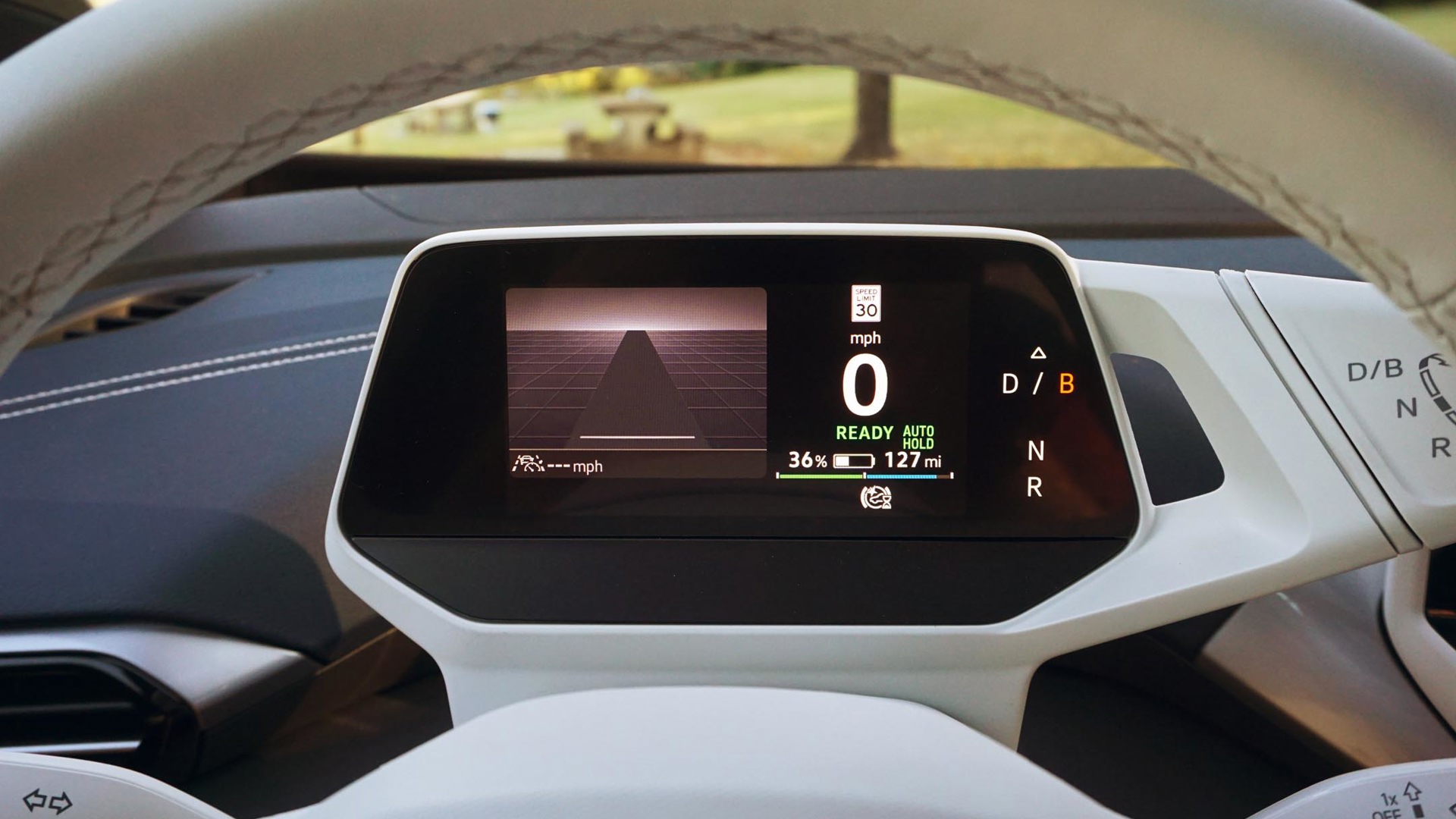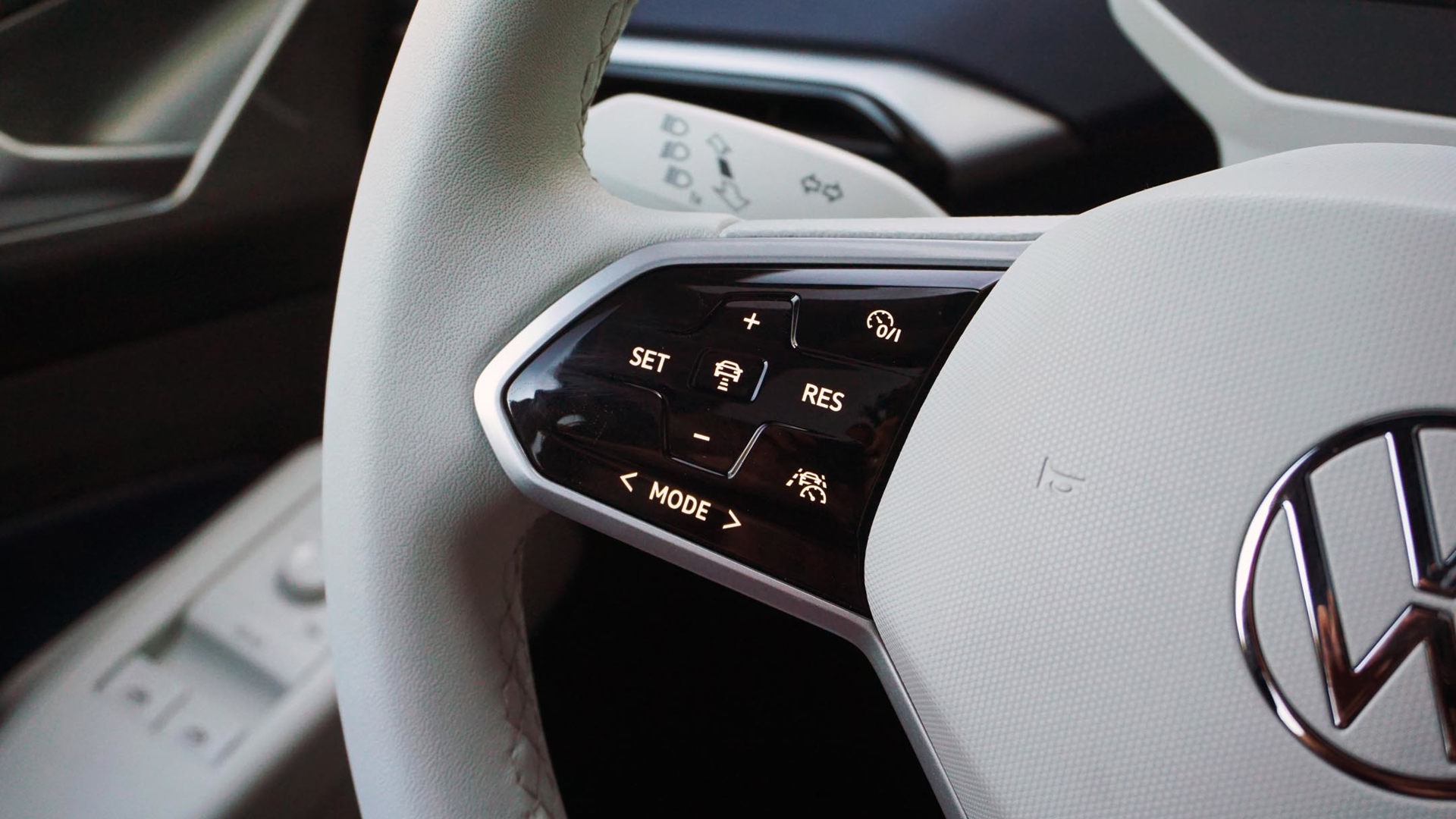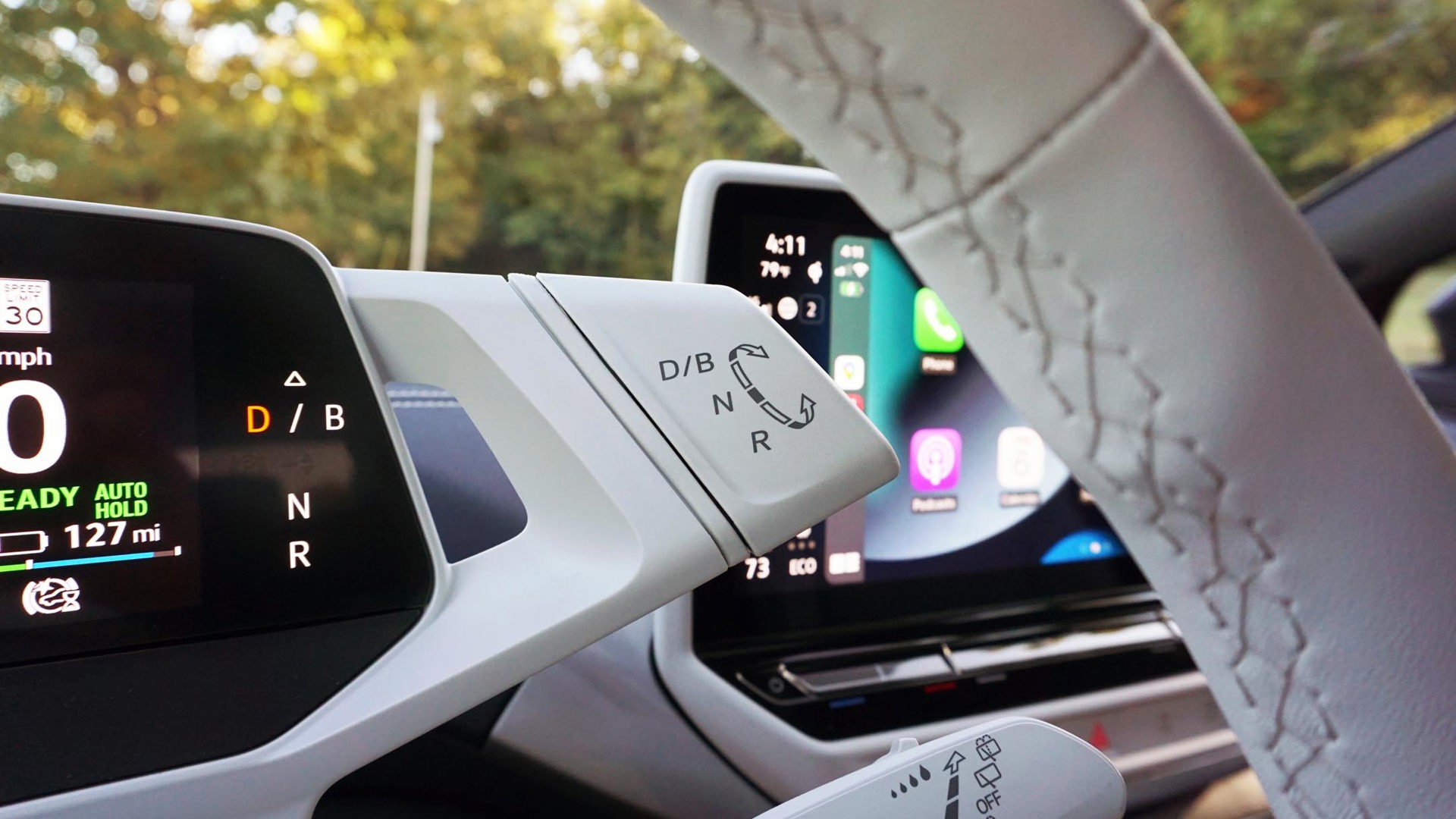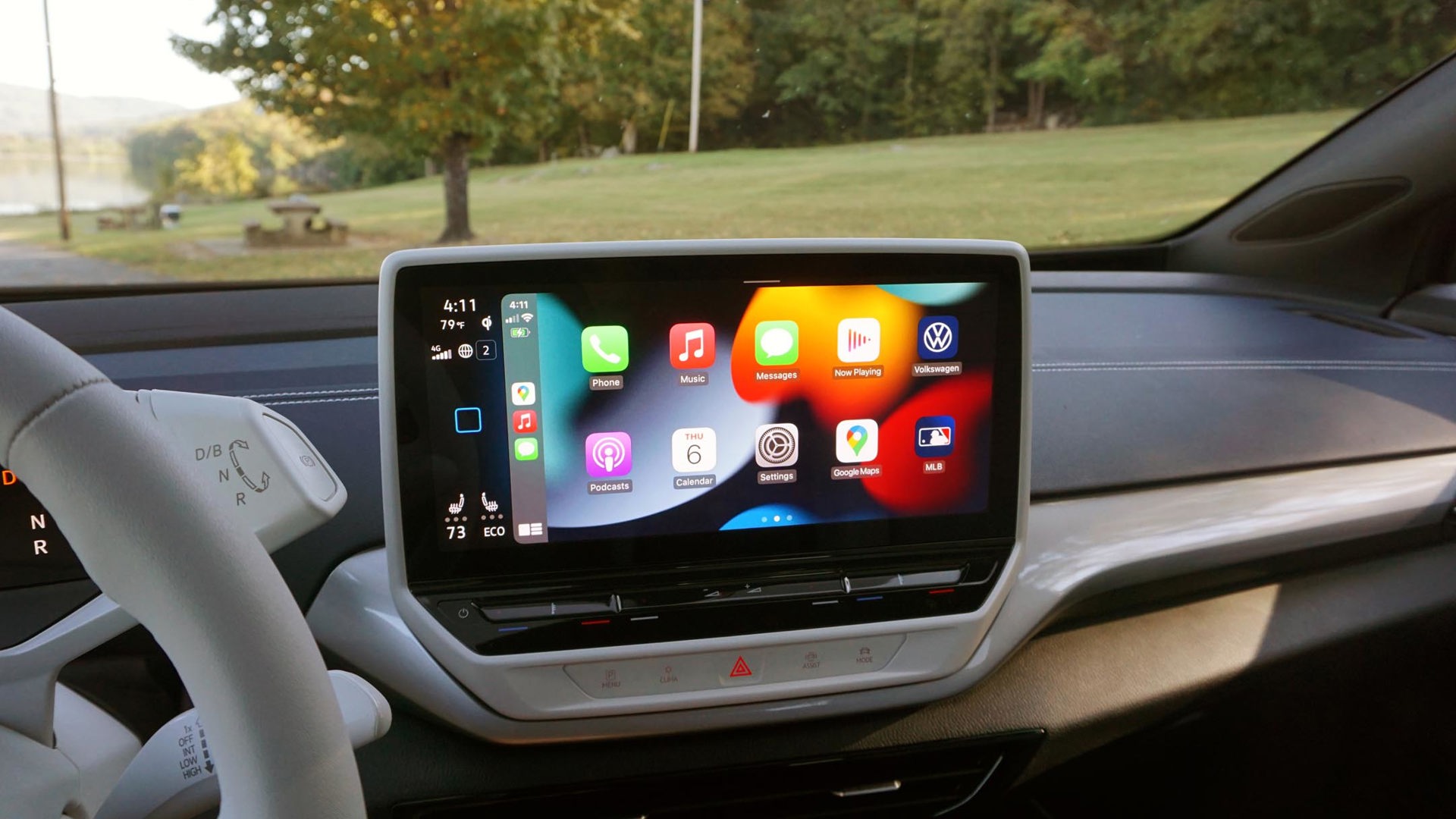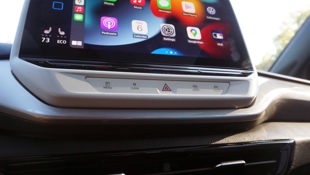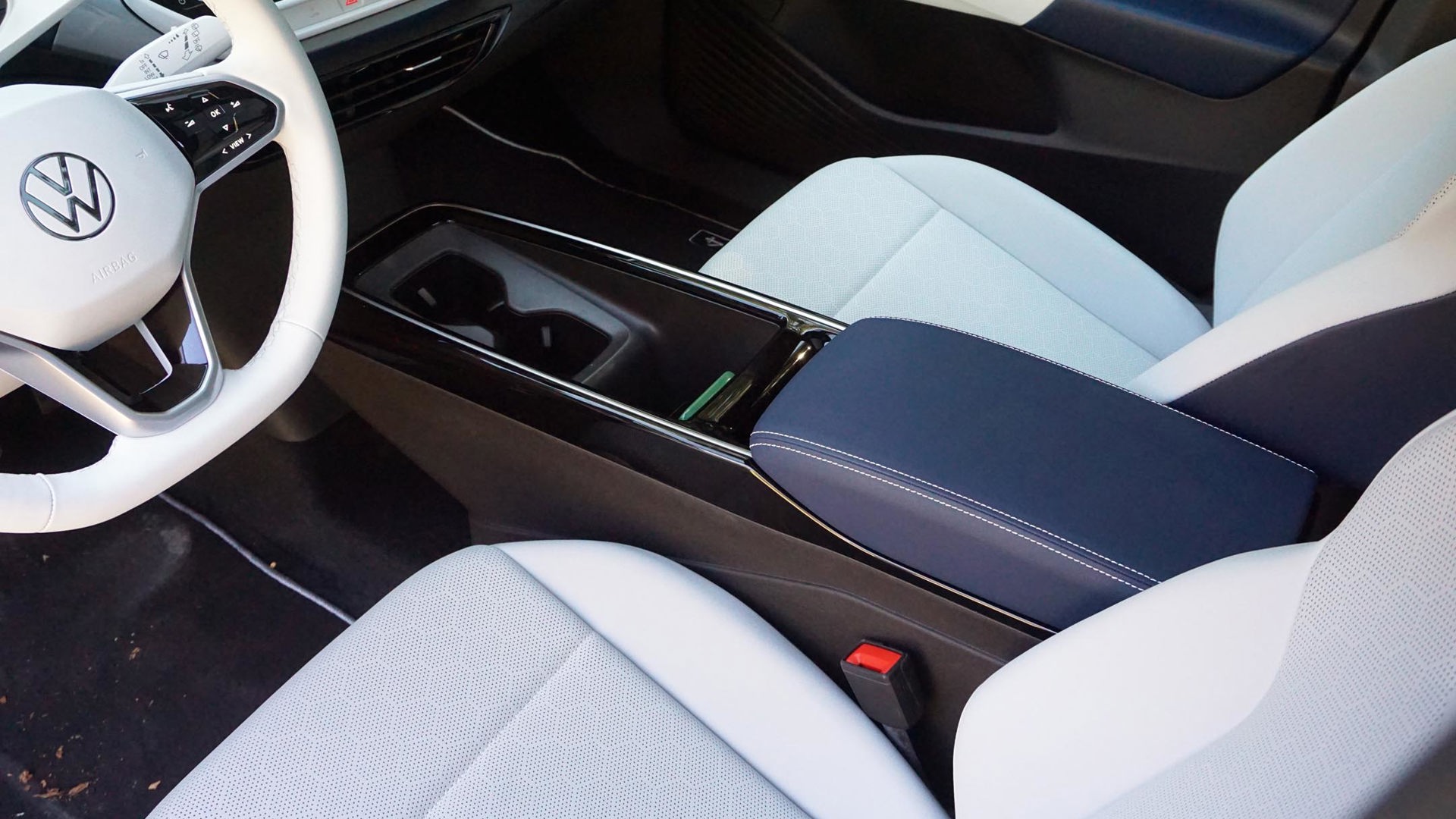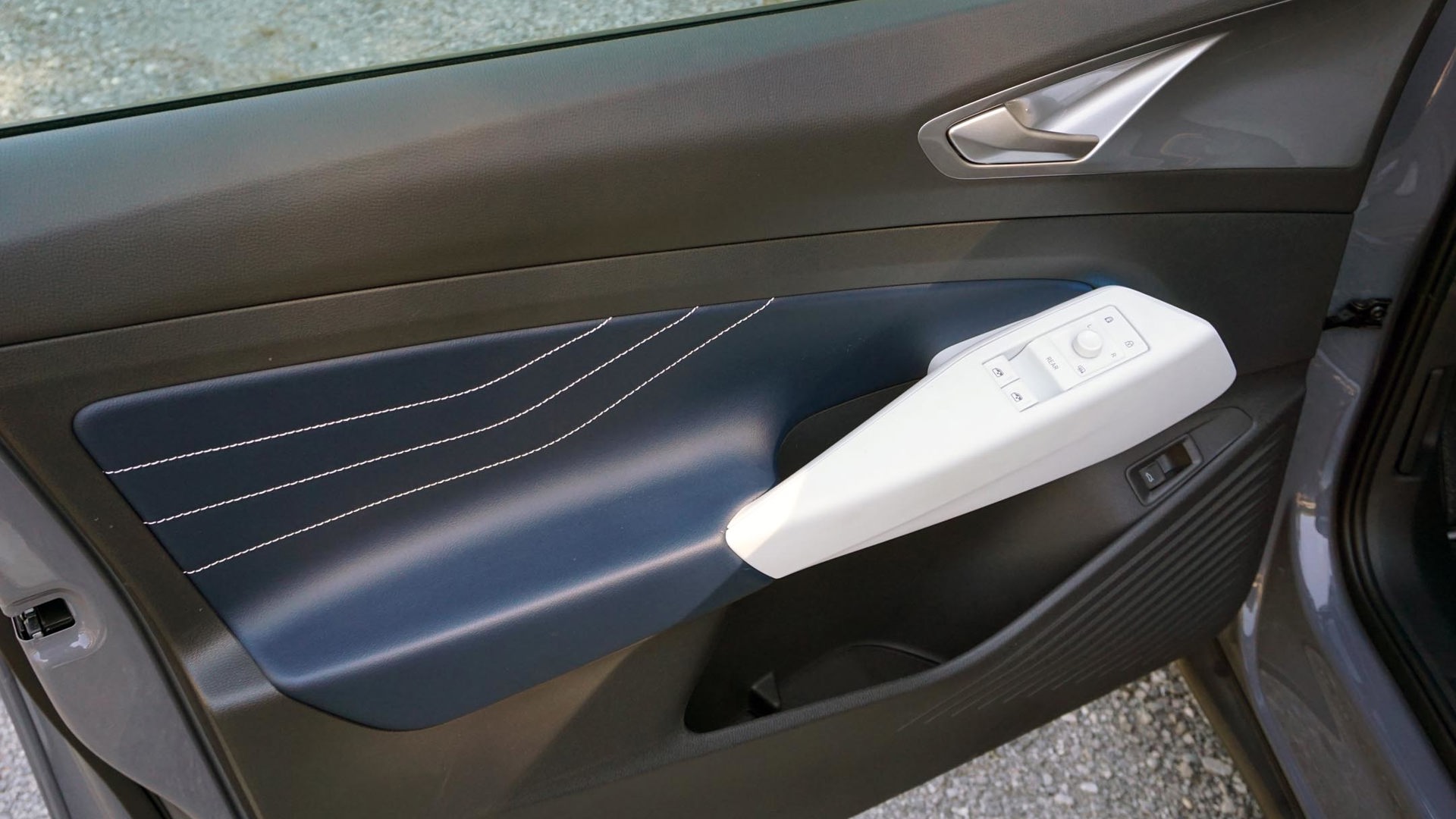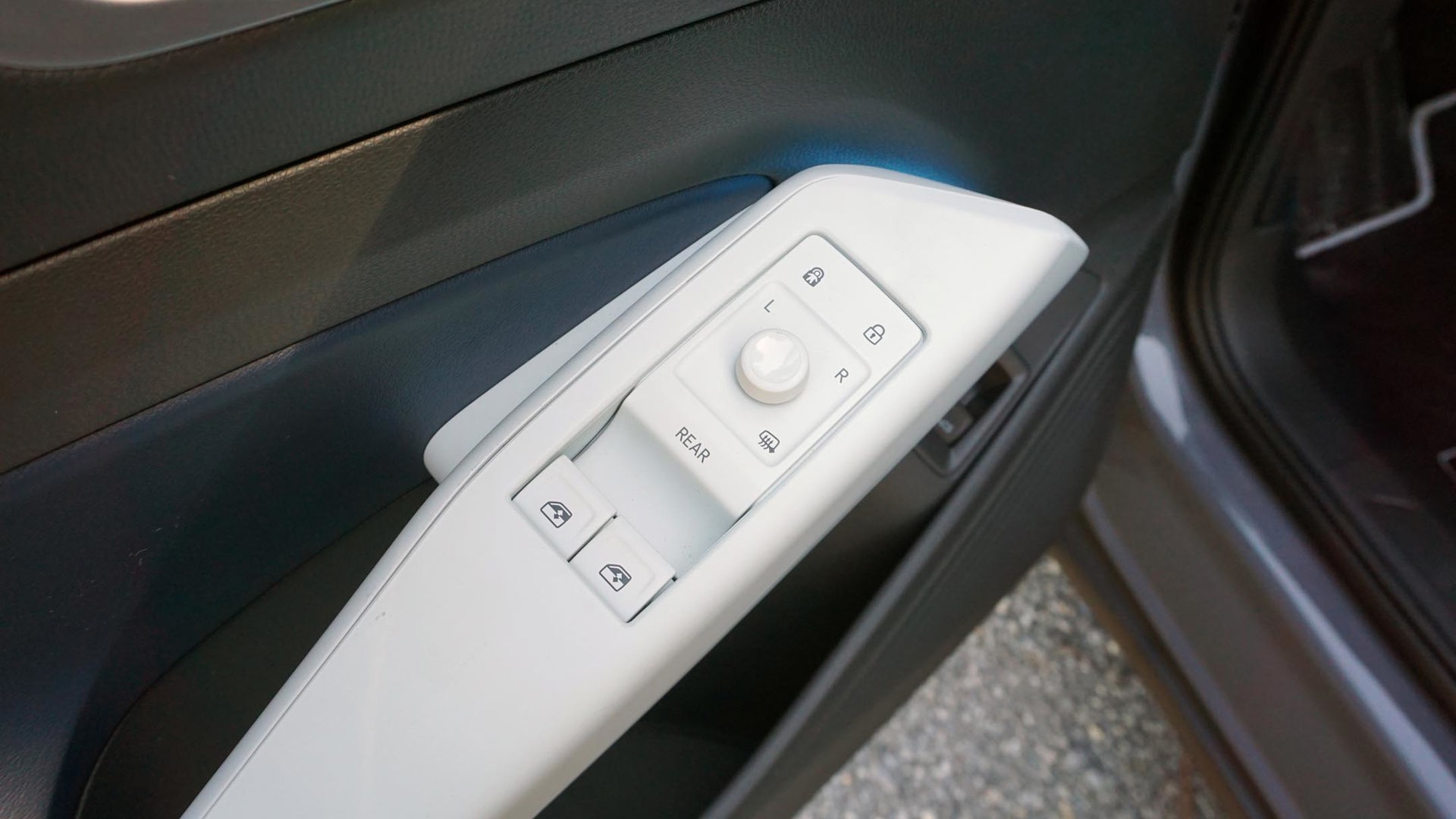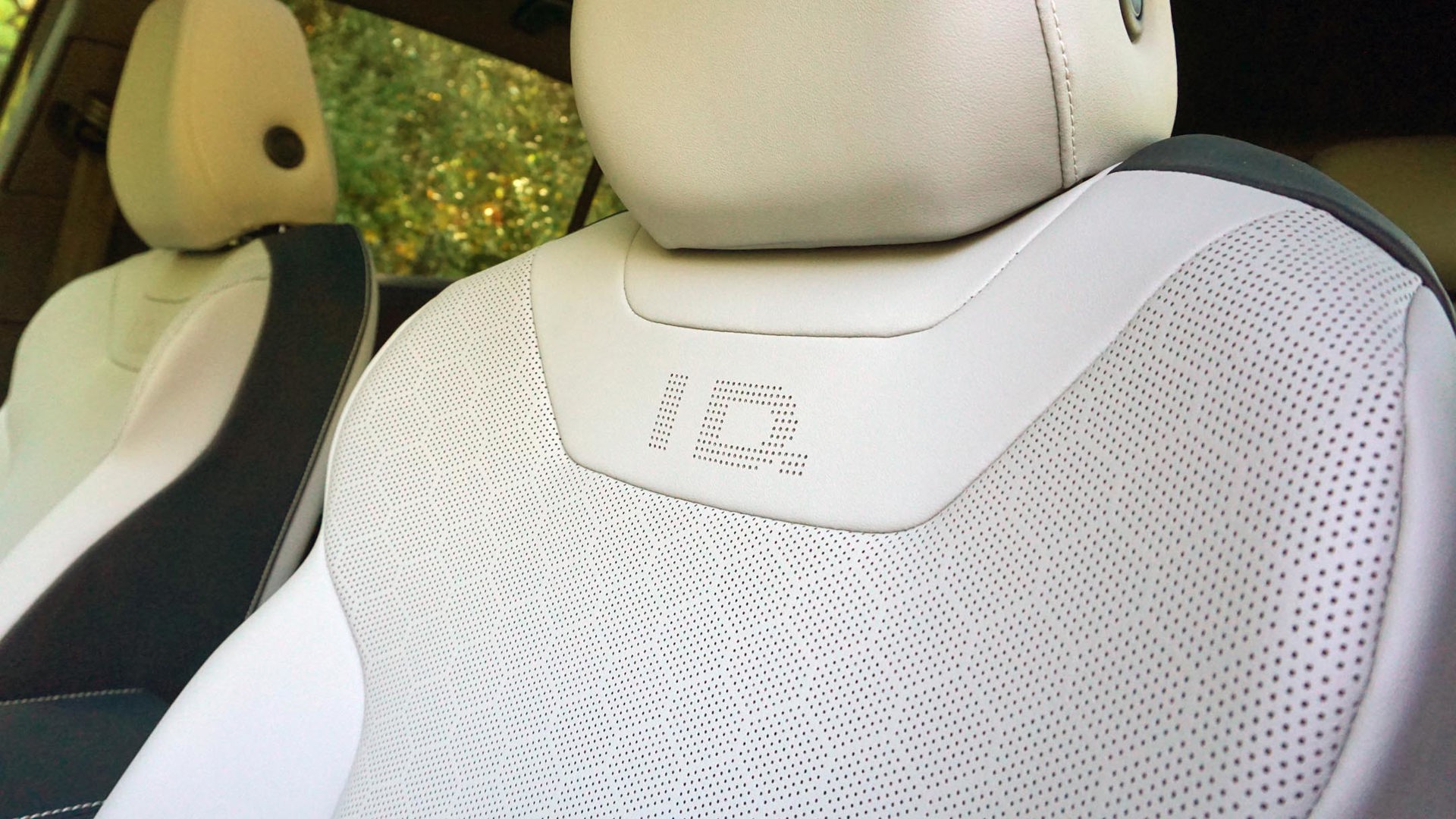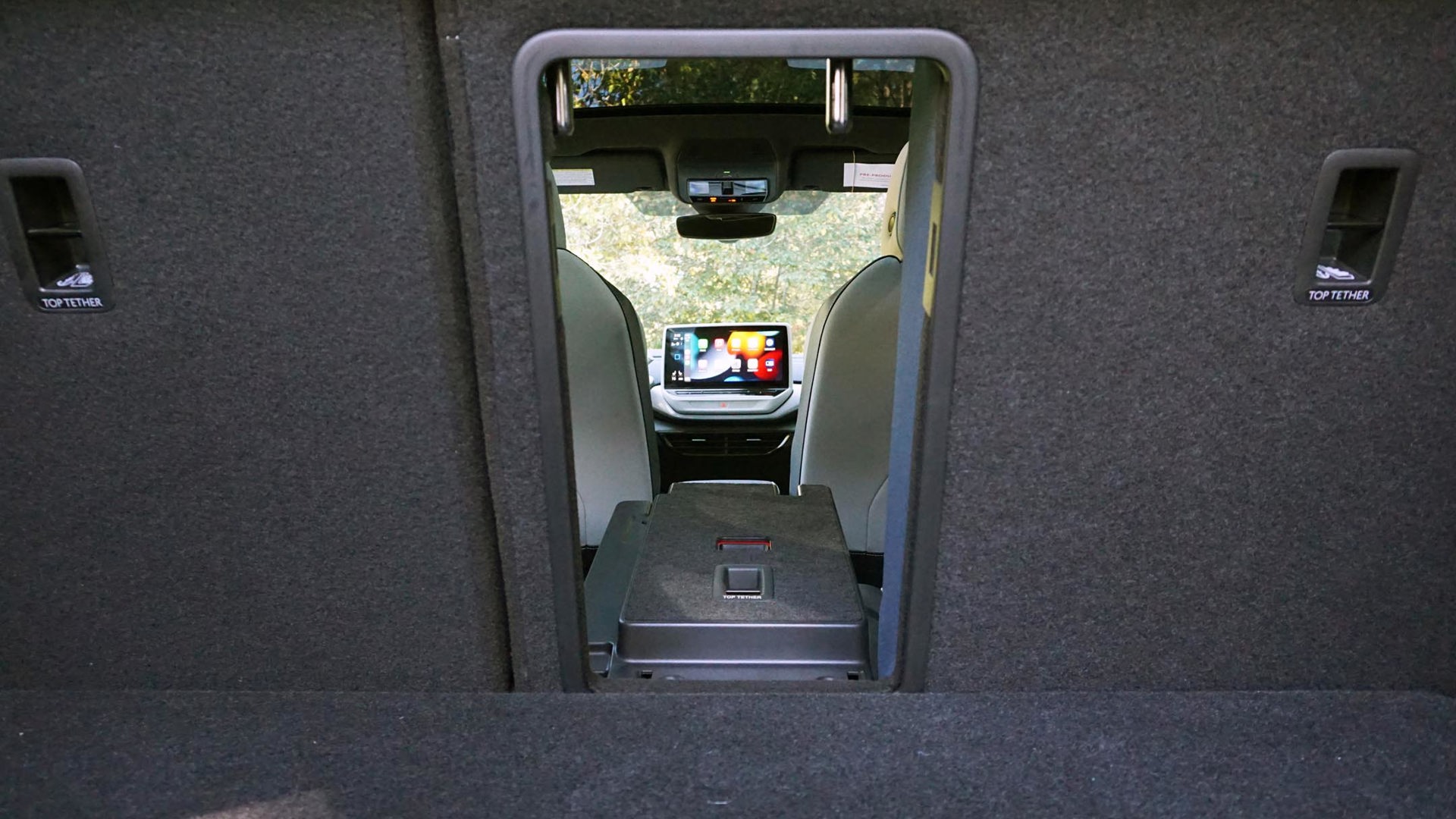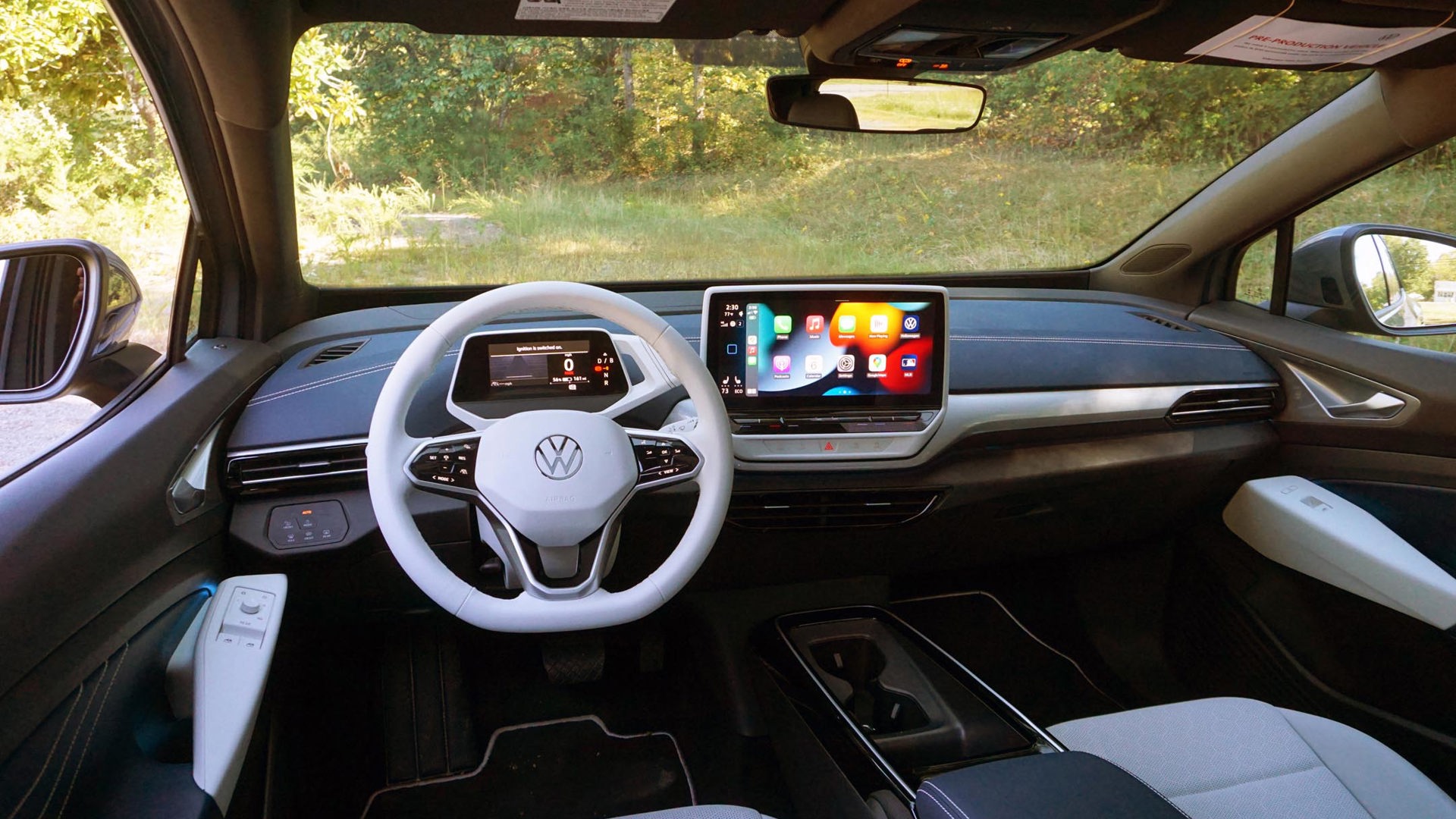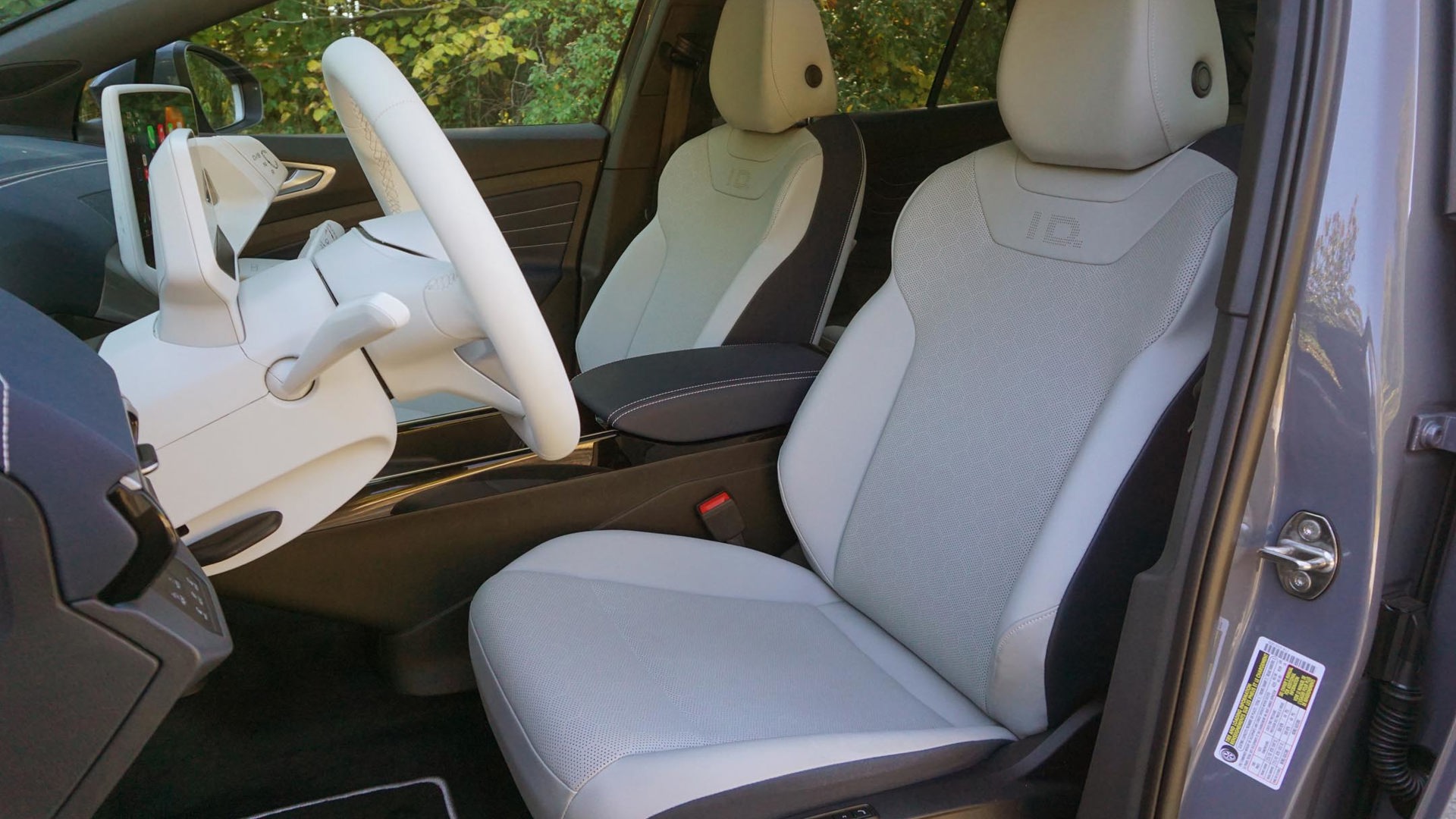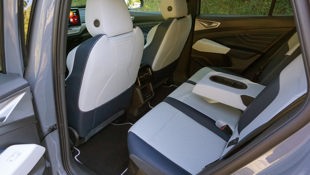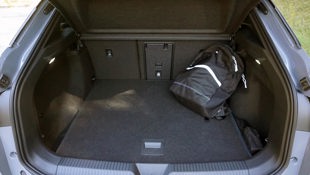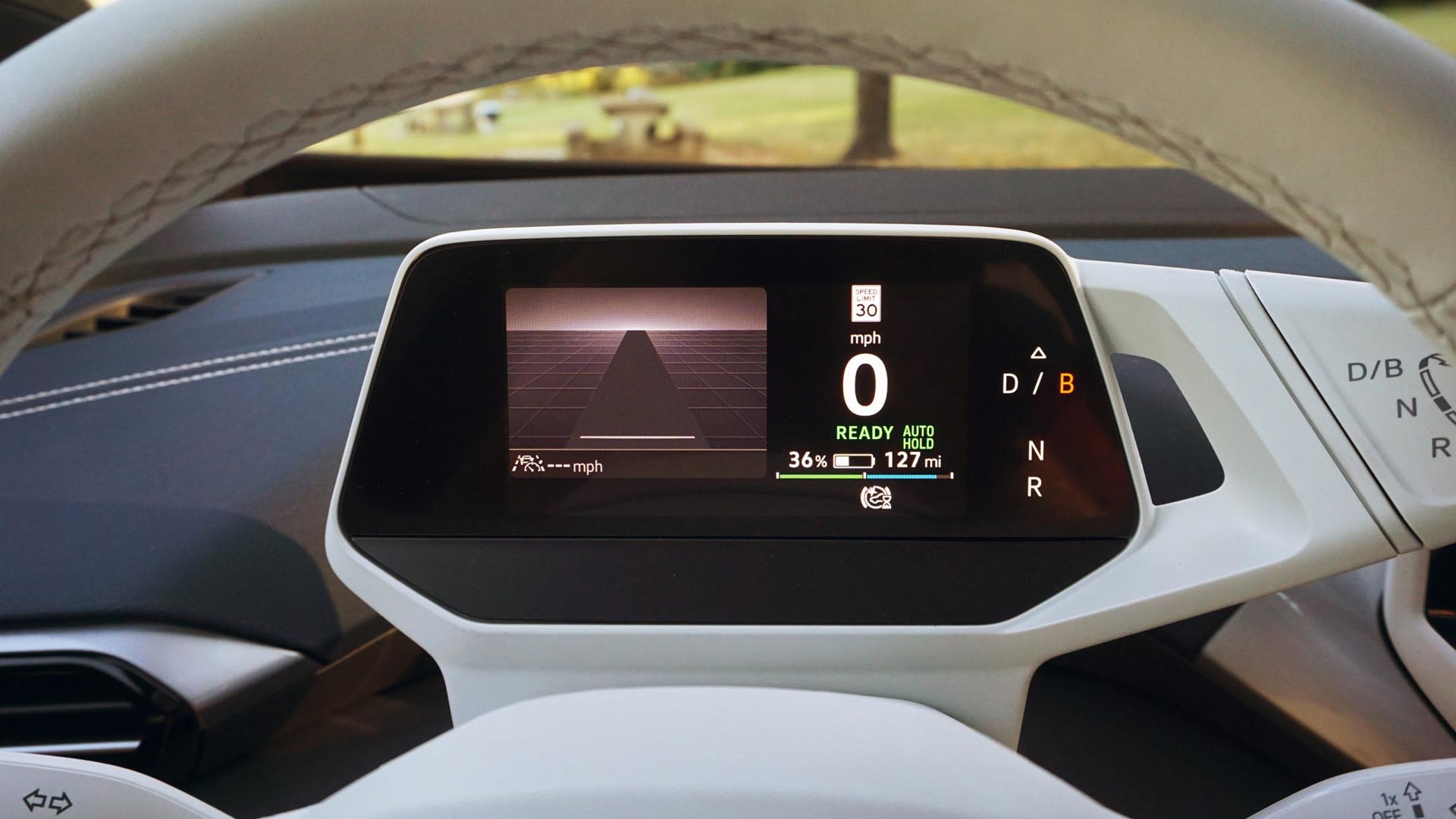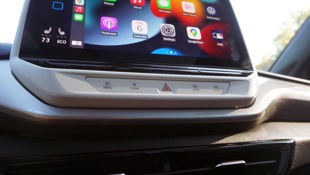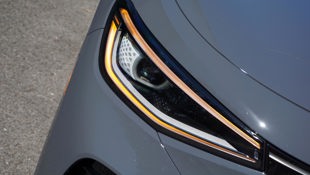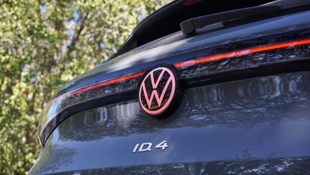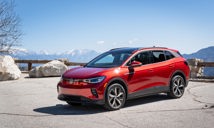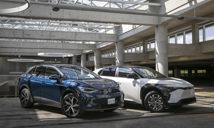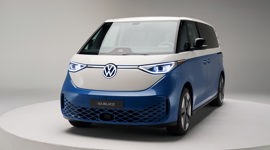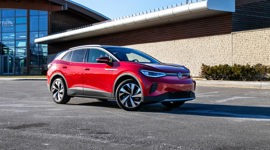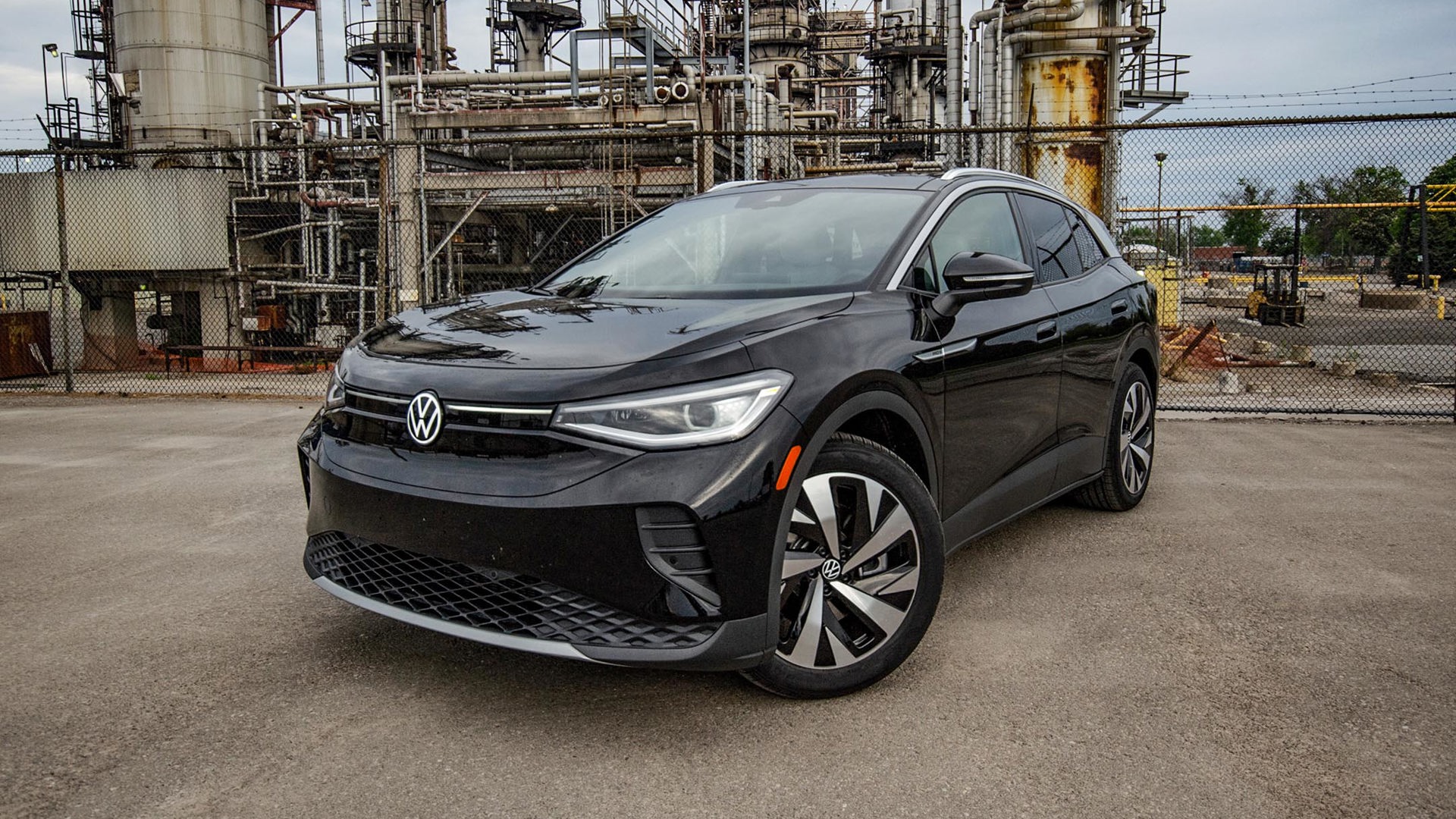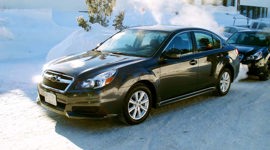Not much about the 2023 Volkswagen ID.4 is new, at least as far as what the eye can see, and yet the changes this time around are significant.
For one, production has now shifted to the automaker’s assembly plant in Chattanooga, Tenn., which admittedly matters more to shoppers south of the border who qualify for revised tax credits as a result. But it also makes good on VW’s promise to expand availability of this electric vehicle (EV) across Canada for the first time.
There’s also a new battery pack on the way that’s smaller than before and offers less range as a result – but it also lowers the asking price. And therein lies this all-electric VW’s greatest strength: its affordability.
Subtle Styling Tweaks
Park this 2023 version next to any ID.4 that came before it, and only the keenest of observers will spot the differences. The jellybean-like design is an inoffensive one, but it’s not without some cool styling cues. Take the available lighted badge on the front end – a subtle nod to the electrified powertrain; it’s now joined by a matching one around back. Other change points include some black bumper accents, as well as an entirely new paint palette to pick from, plus new wheel designs across the lineup.
Likewise, the interior looks mostly the same as it did before, except for the new materials used throughout and a redesigned centre console. The brand also ditched the 10-inch touchscreen that used to be in the base trim in favour of the larger 12-inch unit across the board.
Imperfect Interface
On the bright side, the touchscreen is responsive to inputs and features crisp graphics and colours. However, some of its functionality can be frustrating to get the hang of. Remembering to tap the tiny square to access the home screen, for instance, is something that comes with time but can be aggravating until then.
Likewise, that the vehicle automatically starts and shuts off without the need to press an ignition switch has its merits, but it also isn’t without its annoyances. Because it means jumping out briefly to, say, grab something from the back will shut the vehicle off, clearing navigation instructions from Google Maps in the process. And there’s no way to disable that feature for a more conventional experience.
Accessible Efficiency
Minor gripes aside, it doesn’t take much to maximize – and even exceed – the potential of the 82-kWh battery pack that spans the floor of most models. Even more so than the ’80s-inspired Hyundai Ioniq 5 it competes with the ID.4 is about as easy to operate as any crossover its size, with few reminders that it’s an EV. Sure, it’s quiet; and it’s quick, too. But the drive experience doesn’t feel any different than it does in the Volkswagen Taos or Tiguan, with the added bonus of this one being free of emissions and expensive refuelling.
OK, at right around 410–440 km, depending on drive configuration, range could be better. But beyond what it says on the spec sheet, the ID.4 proved pleasantly surprising during a winding drive through Middle and East Tennessee from Nashville to Chattanooga. Setting out in a dual-motor tester, indicated range at a 98 per cent state of charge was 279 miles (449 km) – better than 255 miles it’s rated for. And after 202 miles (325 km), it still had 27 per cent left in the battery and an estimated range of 92 miles (148 km).
In theory, that means this tester had a range of 473 km – some 60 km more than its official rating. Overachieving in the ID.4 didn’t involve any kind of hypermiling, either – just casual cruising mixed with some enthusiasm on some of the twistiest stretches of tarmac. Yes, it was in its most efficient drive mode most of the time; and the climate system was set to eco. But there was no drafting big-rigs or taping up panel gaps involved.
Pleasant Driving Dynamics
The drive itself is fairly predictable, with barely any steering feel – and plenty of play on-centre – and a very smooth and soft suspension that soaks up bumps in the road with ease. Ride quality isn’t sloppy but it’s something close, as far as suspension damping goes. That’s not a criticism, although the Ioniq 5 and its corporate cousin, the Kia EV6, come across as a little more precise.
Even so, with the dual-motor version generating 295 hp and 339 lb-ft of instantaneous torque that heads to all four wheels, the ID.4 can be quick when called upon. Volkswagen claims a zero-to-100 km/h sprint of about six seconds, which is more than swift enough for what this is: an efficiency-first compact crossover. Although that does highlight the fact VW still hasn’t added full one-pedal driving capability to this crossover.
A brief drive of the 62-kWh version through downtown Chattanooga left little time for impressions, but it certainly felt lighter and a little livelier, although that could just as easily be attributed to its rear-wheel drive layout. Even so, nothing besides range is sacrificed, with the ability to drive an estimated 336 km on a full charge. (On that note, all ID.4 models are now capable of 170-kW DC fast-charging, up from the previous 135-kW cap.)
An Expansive EV
Despite sharing a similar footprint with the Ioniq 5 and EV6, Volkswagen’s entry in the segment feels far more like a conventional compact crossover in terms of interior space. The rear seats are especially spacious, while the cargo area measures an impressive 858 L. Better still, there’s a centre pass-through to accommodate long items like skis, and folding the rear row adds nearly 1,000 L to the ID.4’s cargo capacity.
An Inexpensive EV
To call the price of the new 62-kWh version of the ID.4 strategic is an understatement. Starting at $43,995 (plus a $1,950 freight fee), it undercuts virtually every EV it competes with, including the Ioniq 5 and EV6. That price even puts it within spitting distance of the Chevrolet Bolt and Nissan Leaf, both of which are slightly smaller.
The larger battery pack bumps that price up by $4,000, for a total of $47,995 before freight, fees, and taxes, while all-wheel drive commands a further $5,000 premium (and it’s only offered with the big battery). Even so, that $52,995 remains competitive with similar offerings from rivals – and it’s well within the parameters of the federal government’s tax rebate program.
Final Thoughts
There’s a ton to like about the 2023 Volkswagen ID.4, and not all of it has to do with its aggressive – and impressive – pricing strategy. It’s roomy, filled with technology, and efficient. And now that it’s built in Tennessee, it’s available to the Canadian masses. With a new centralized online ordering system, it should be easier to get one this time around, too.
The competition is certainly heating up in this compact electric crossover segment, with new entries from Toyota, Subaru, Honda, and more on the way; and Volkswagen is looking to leverage its head start with an unquestionably improved product. More than an EV worth buying just because it arrived first, though, the 2023 ID.4 may well have cemented itself as the best of the bunch.

